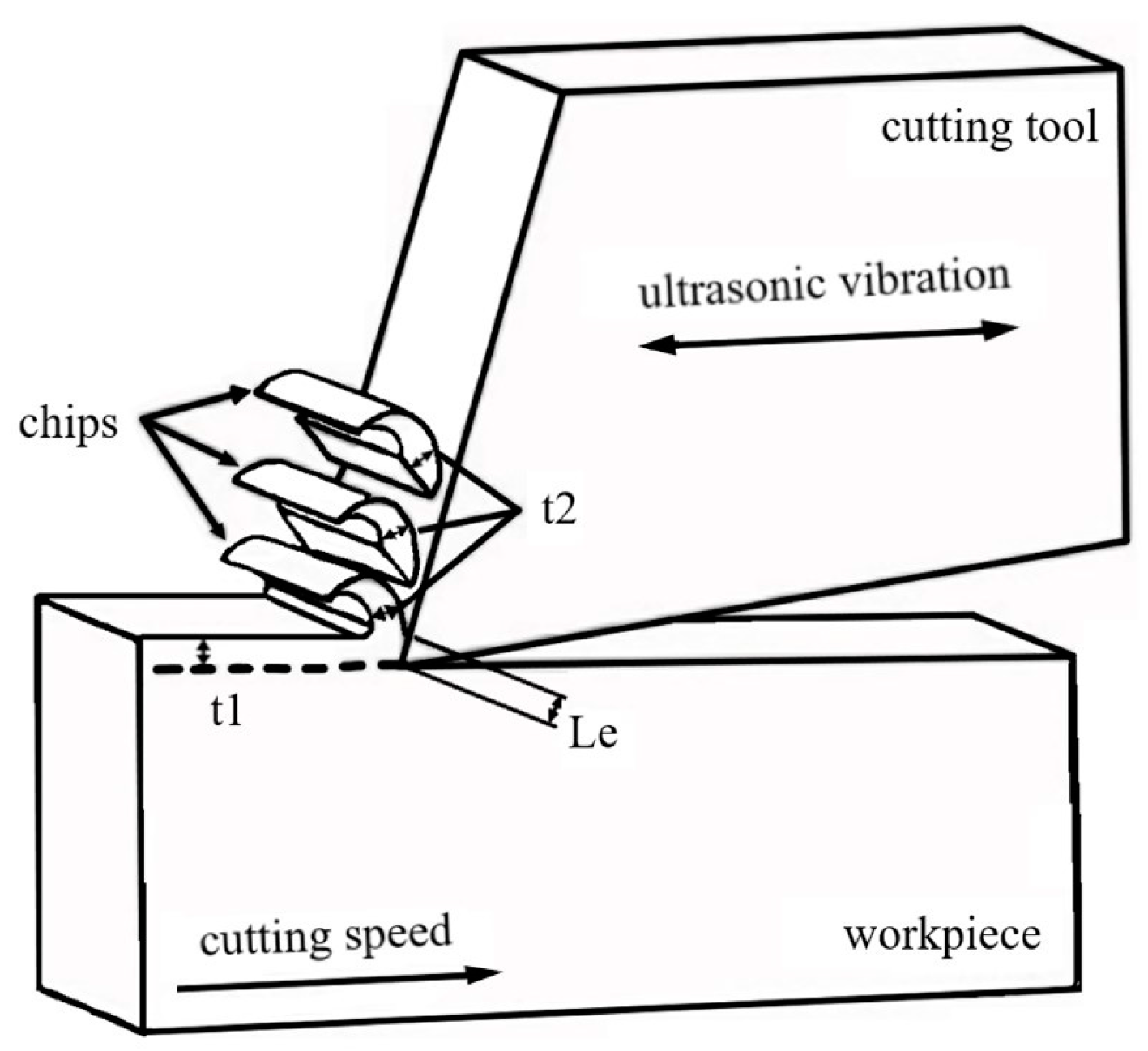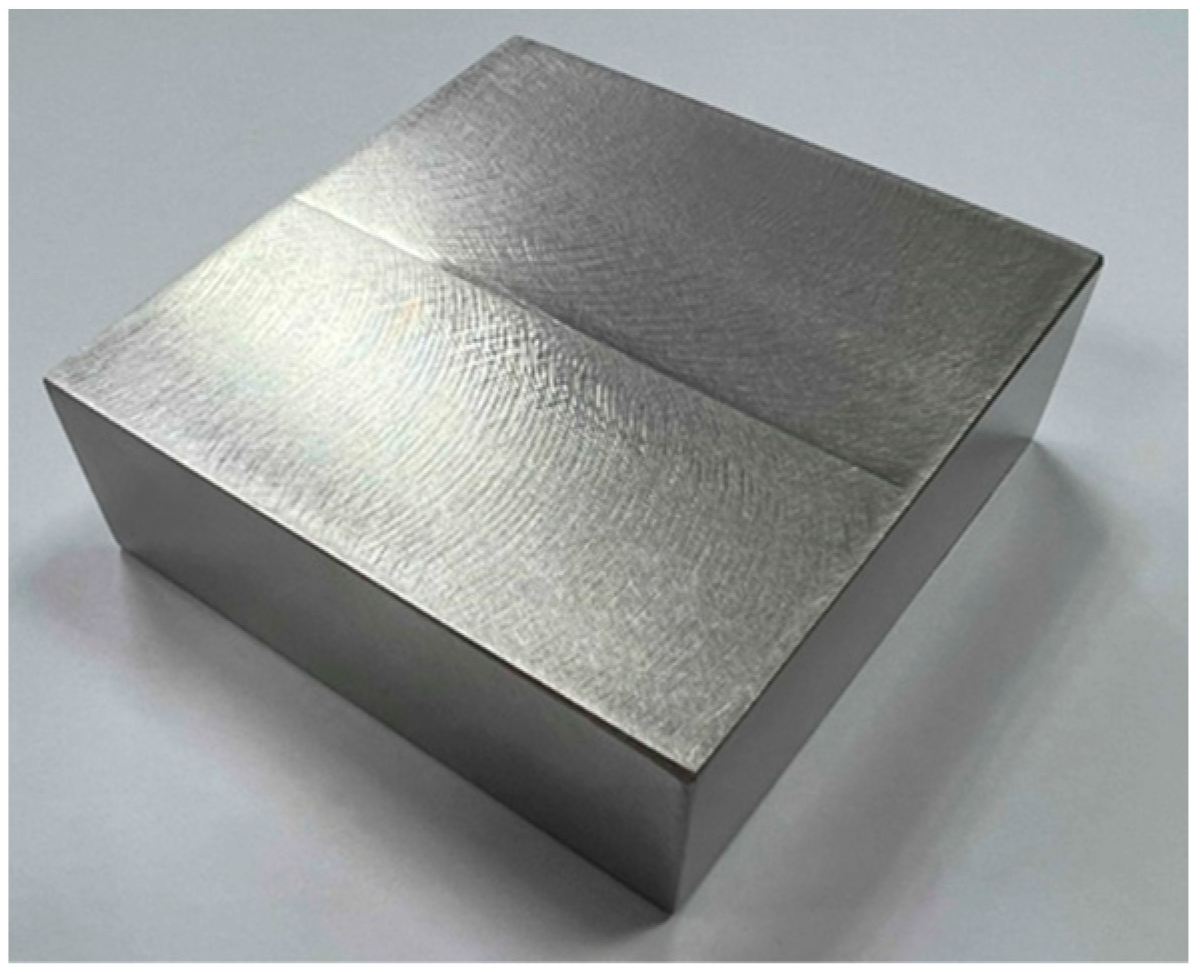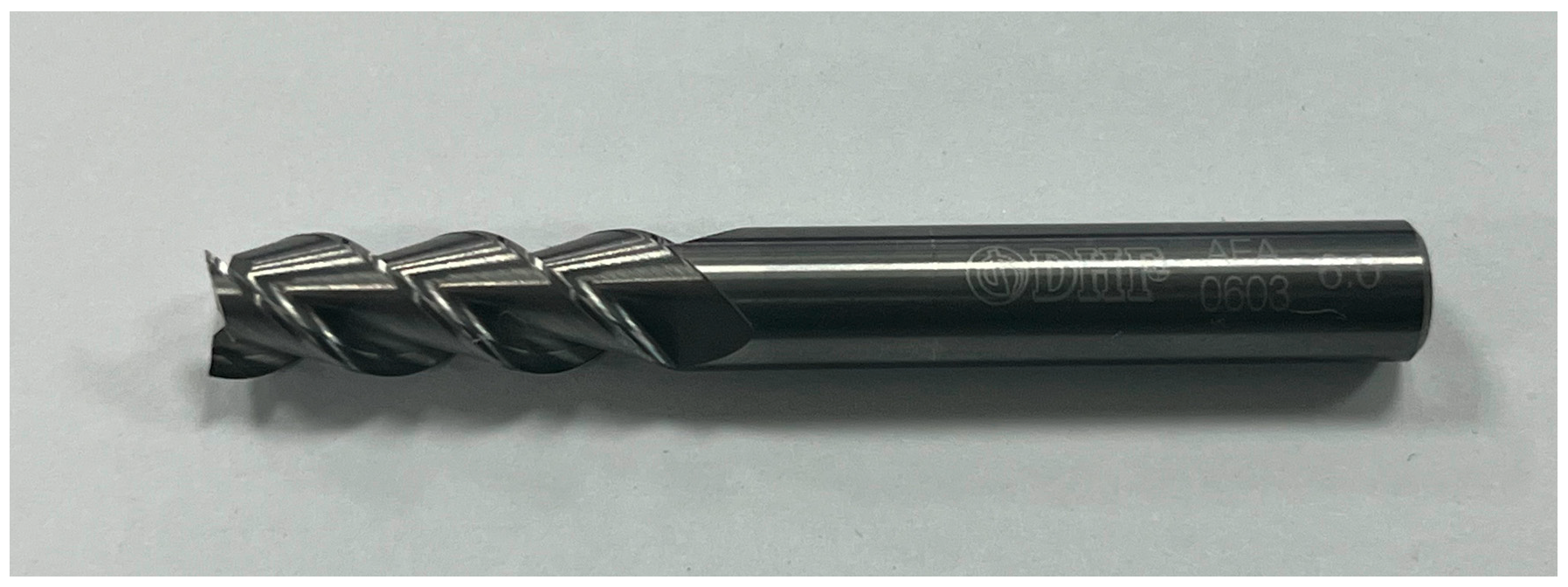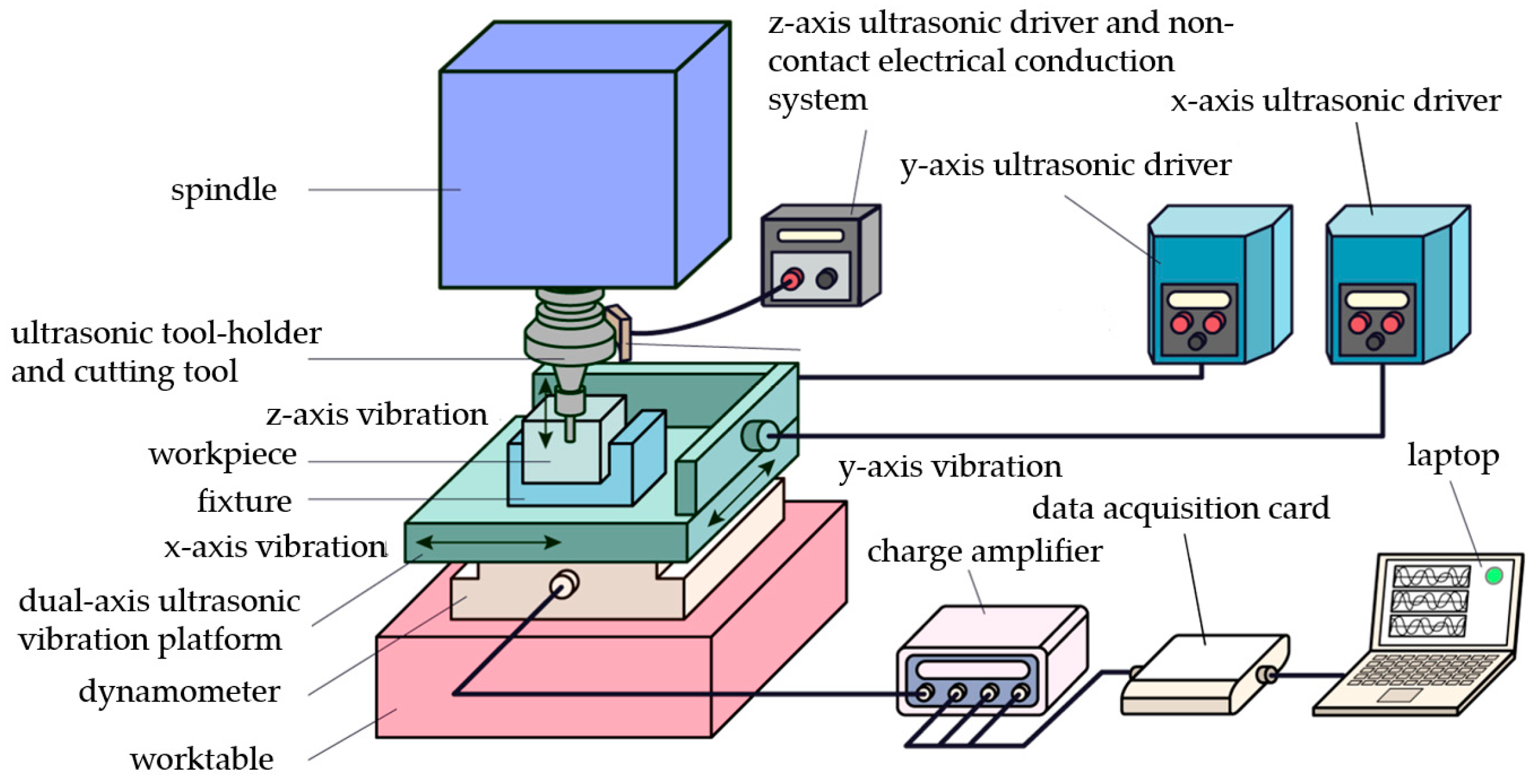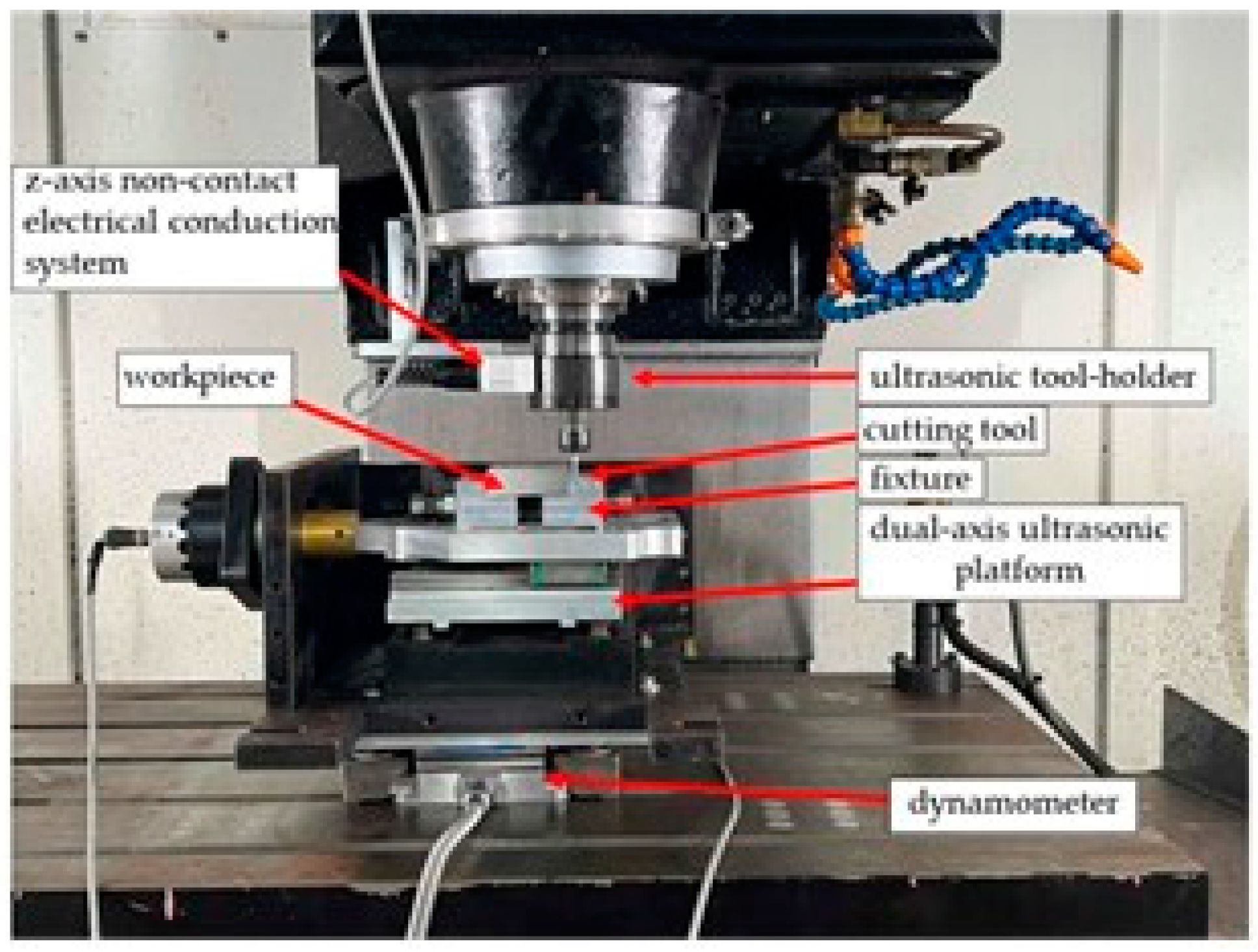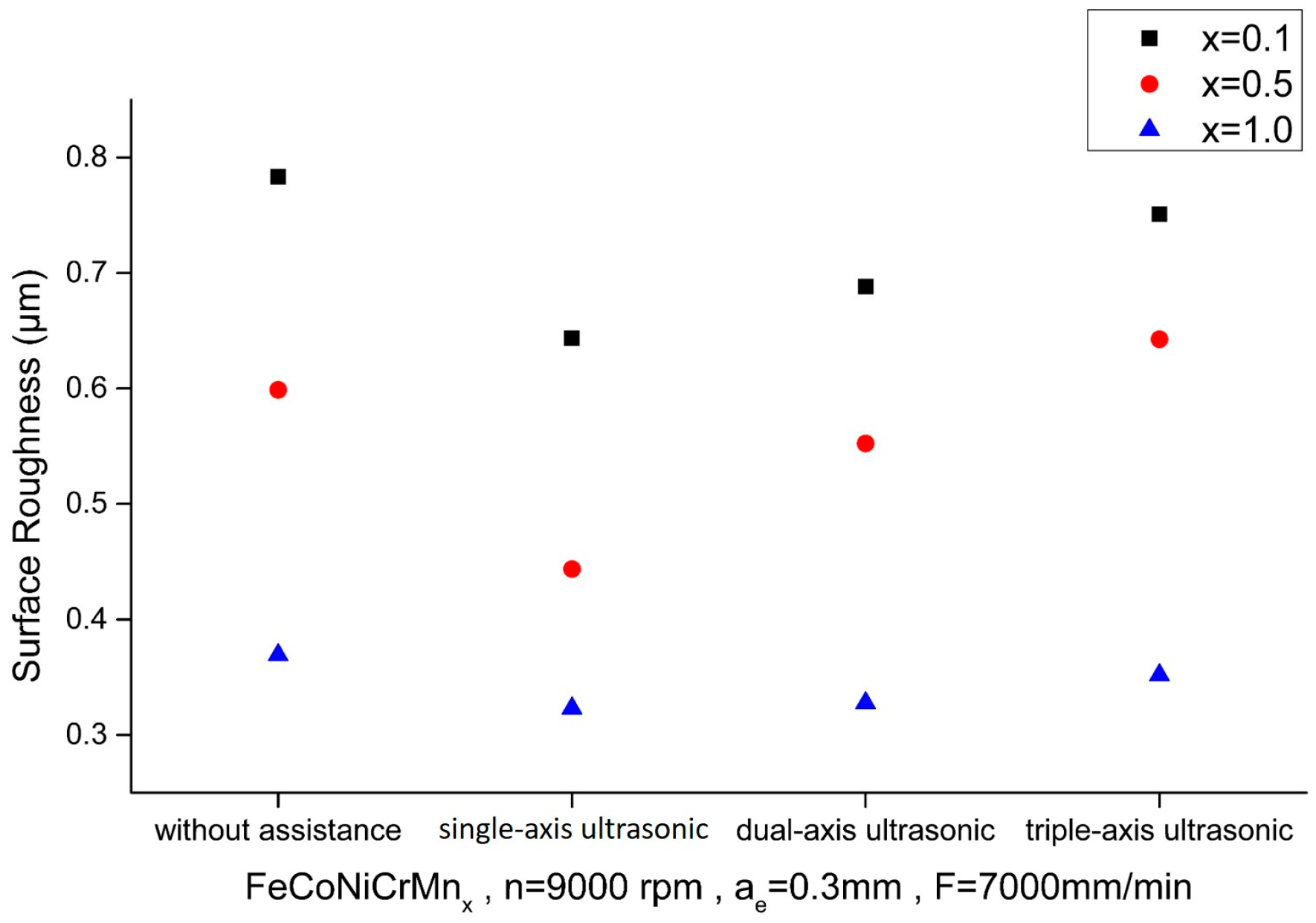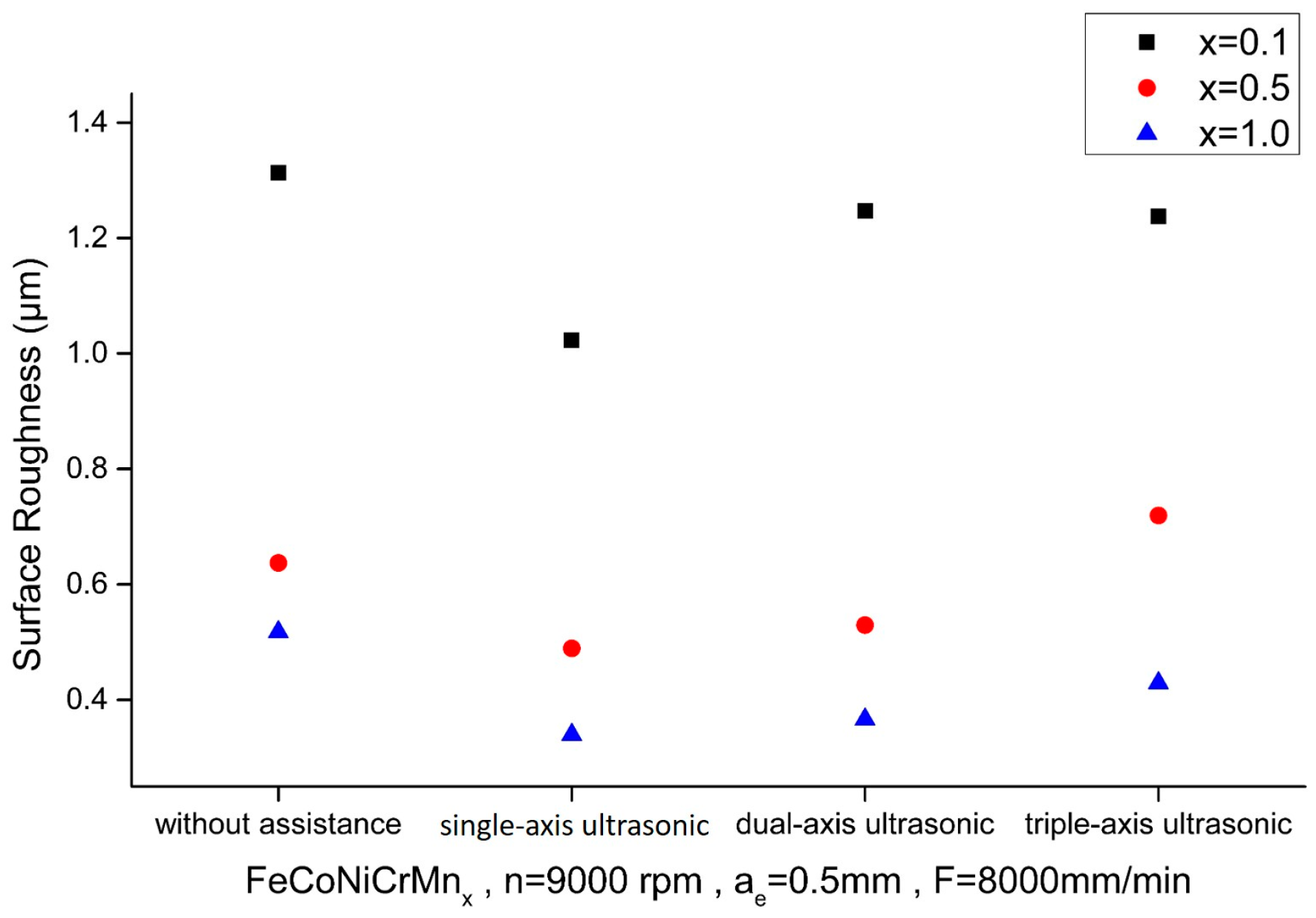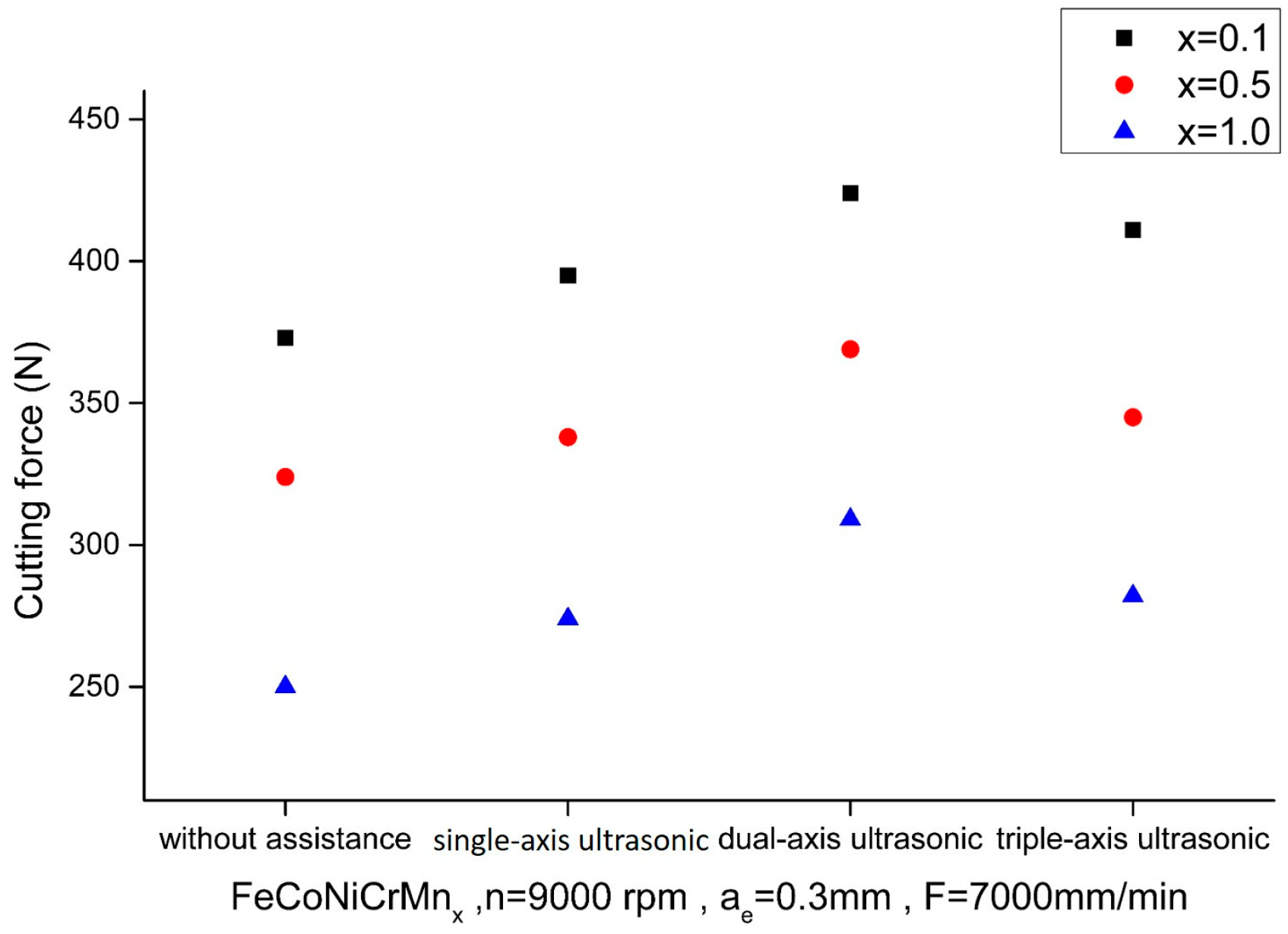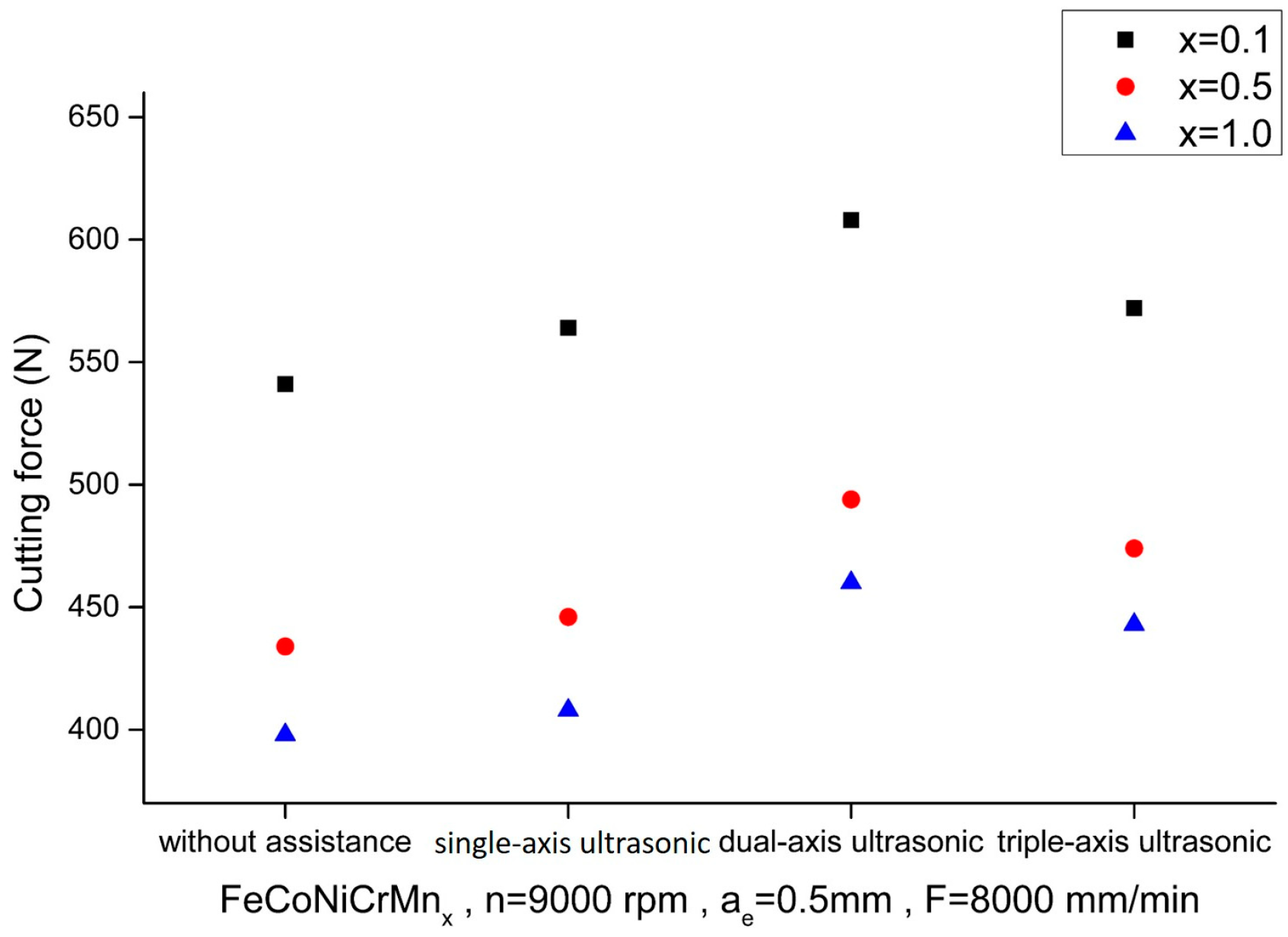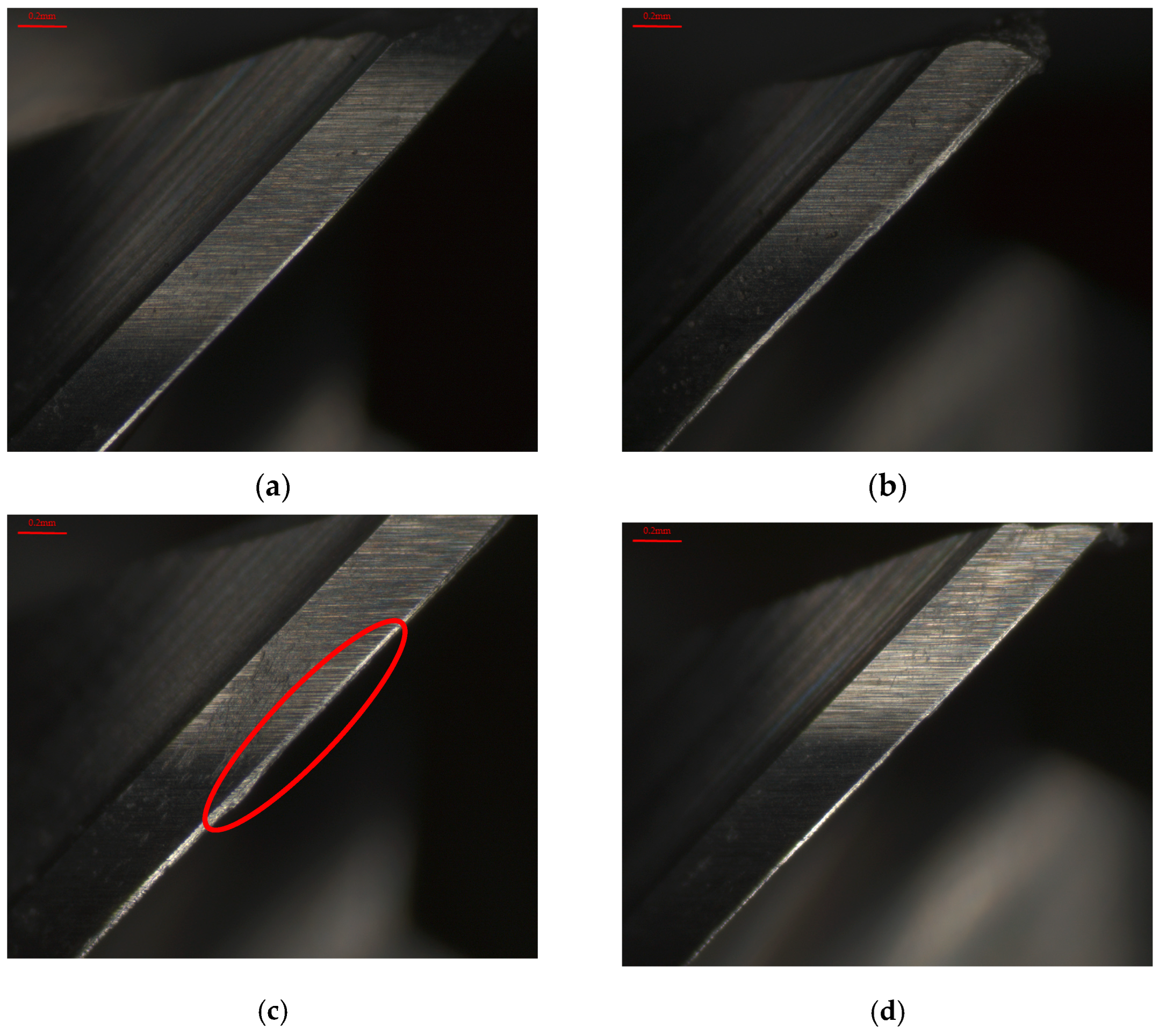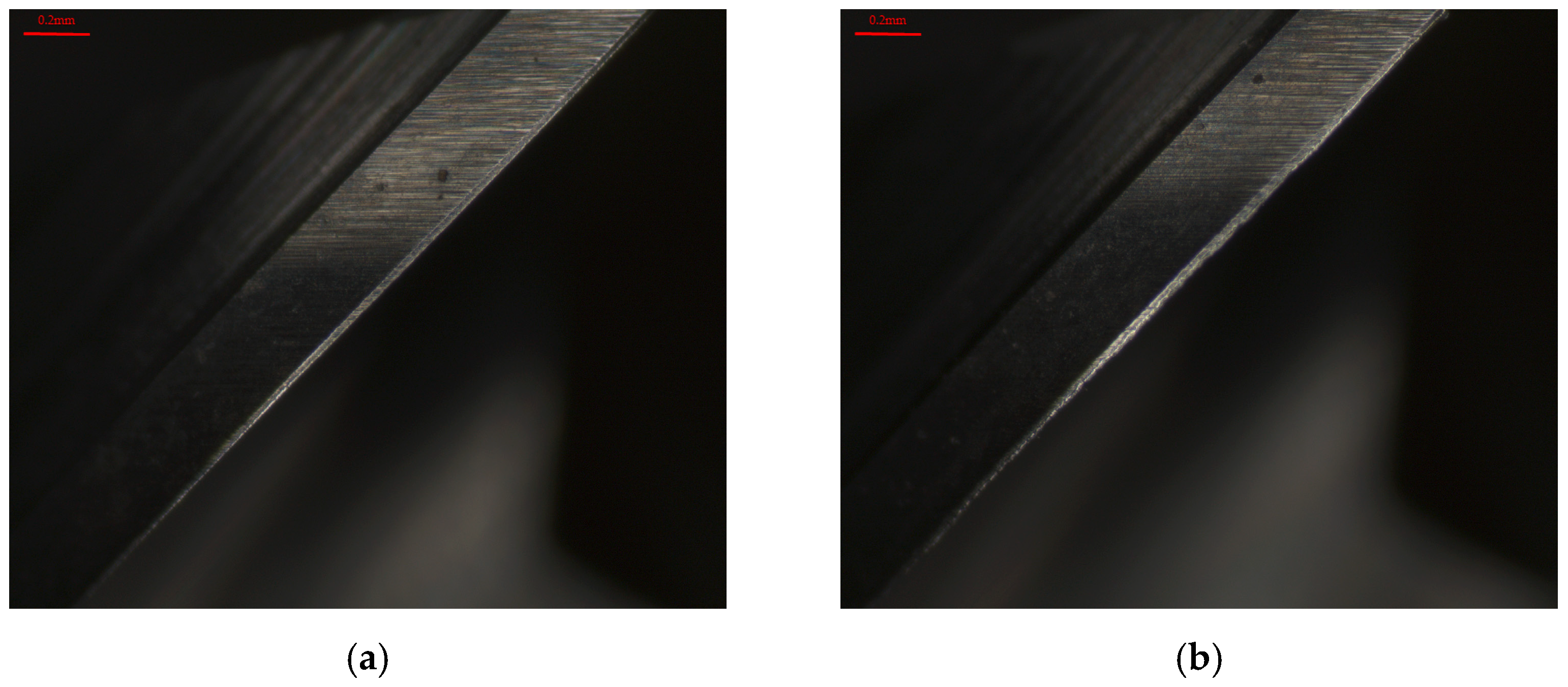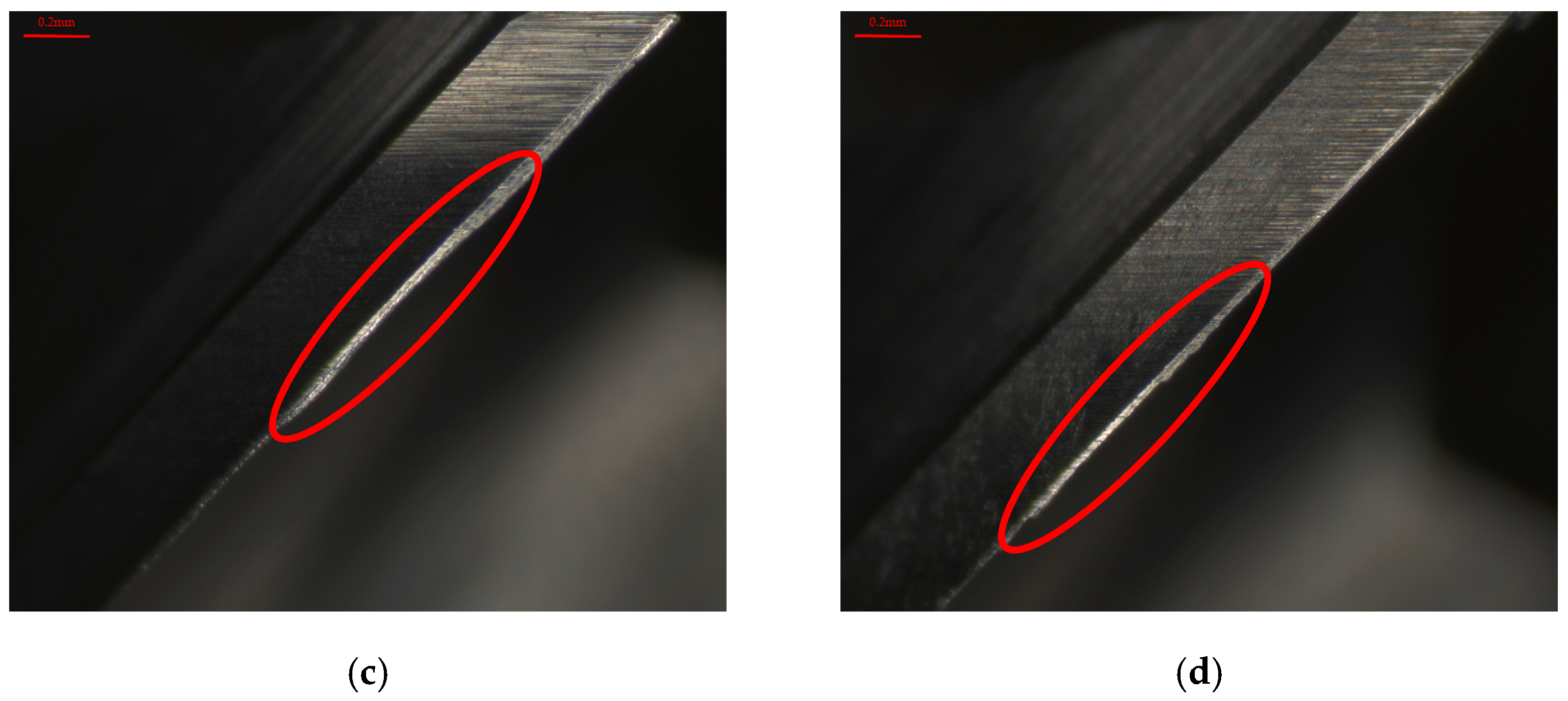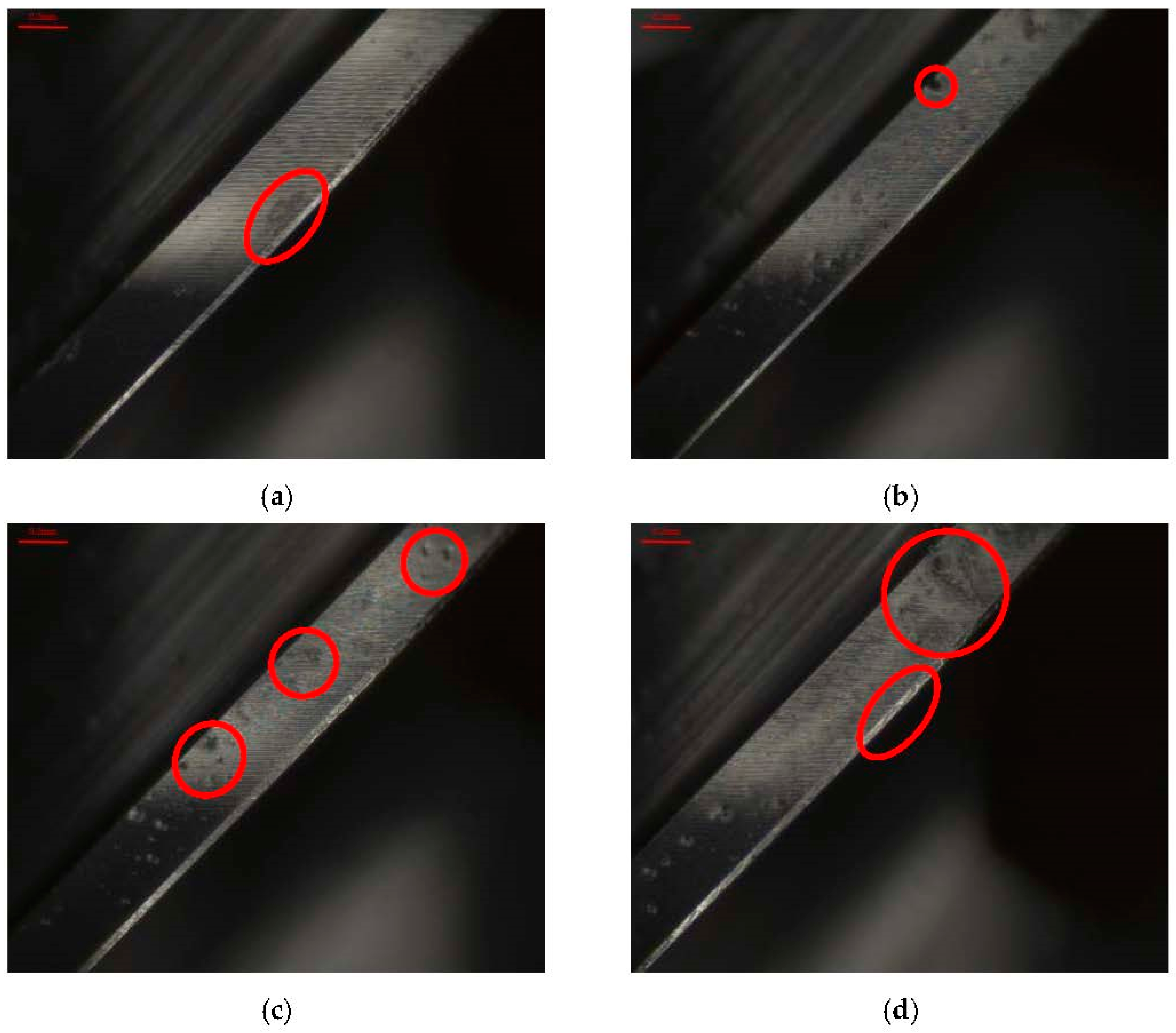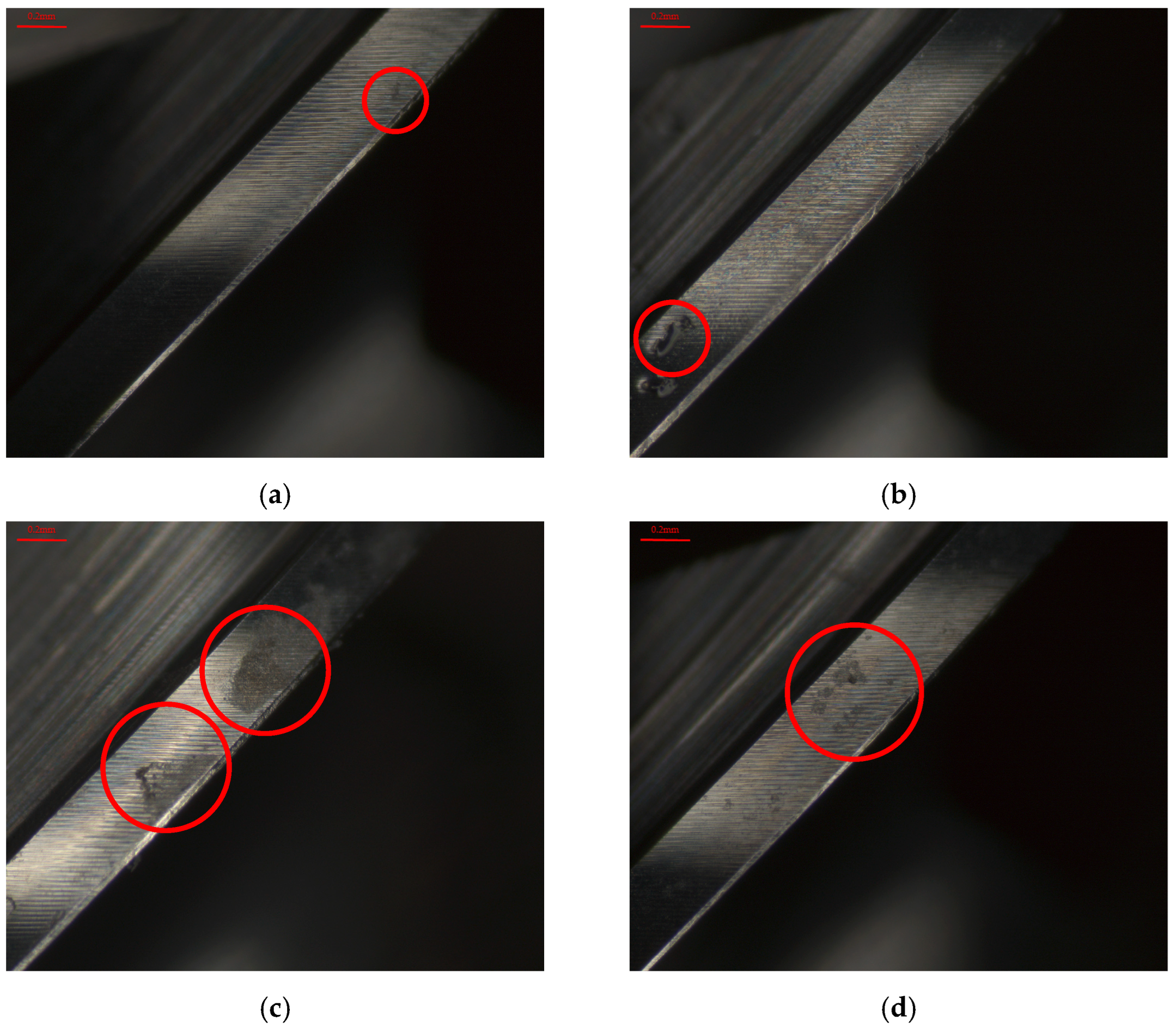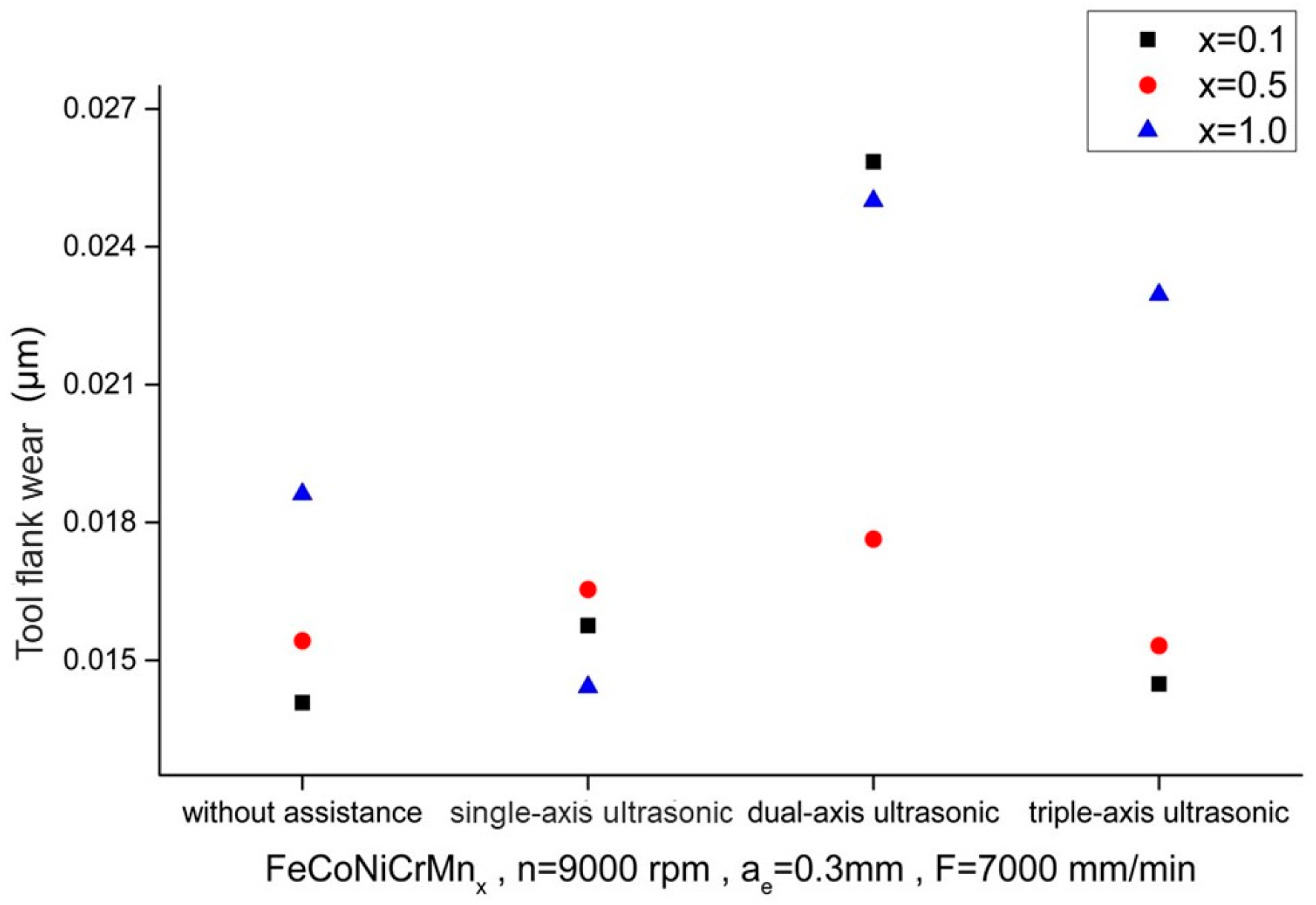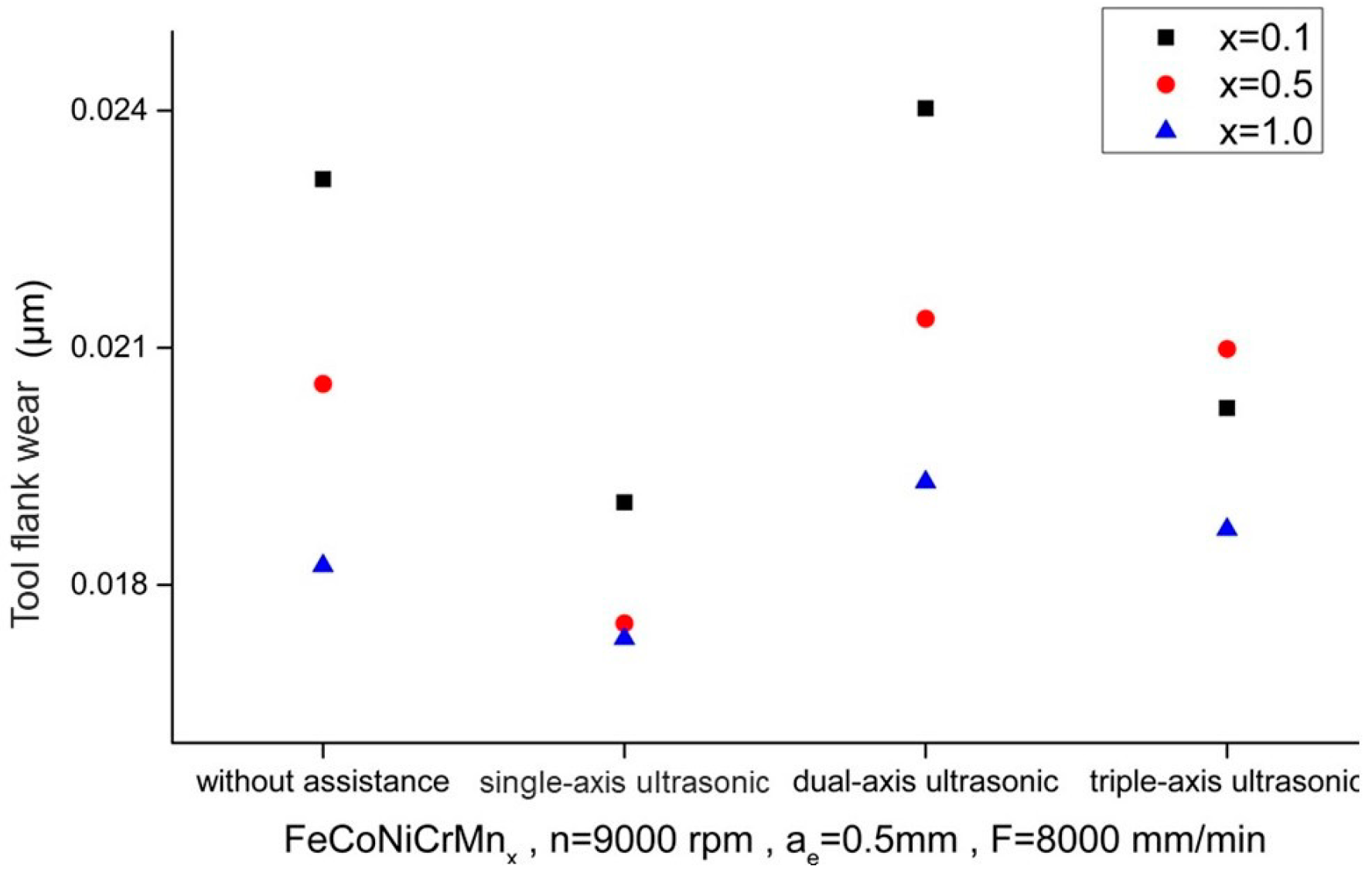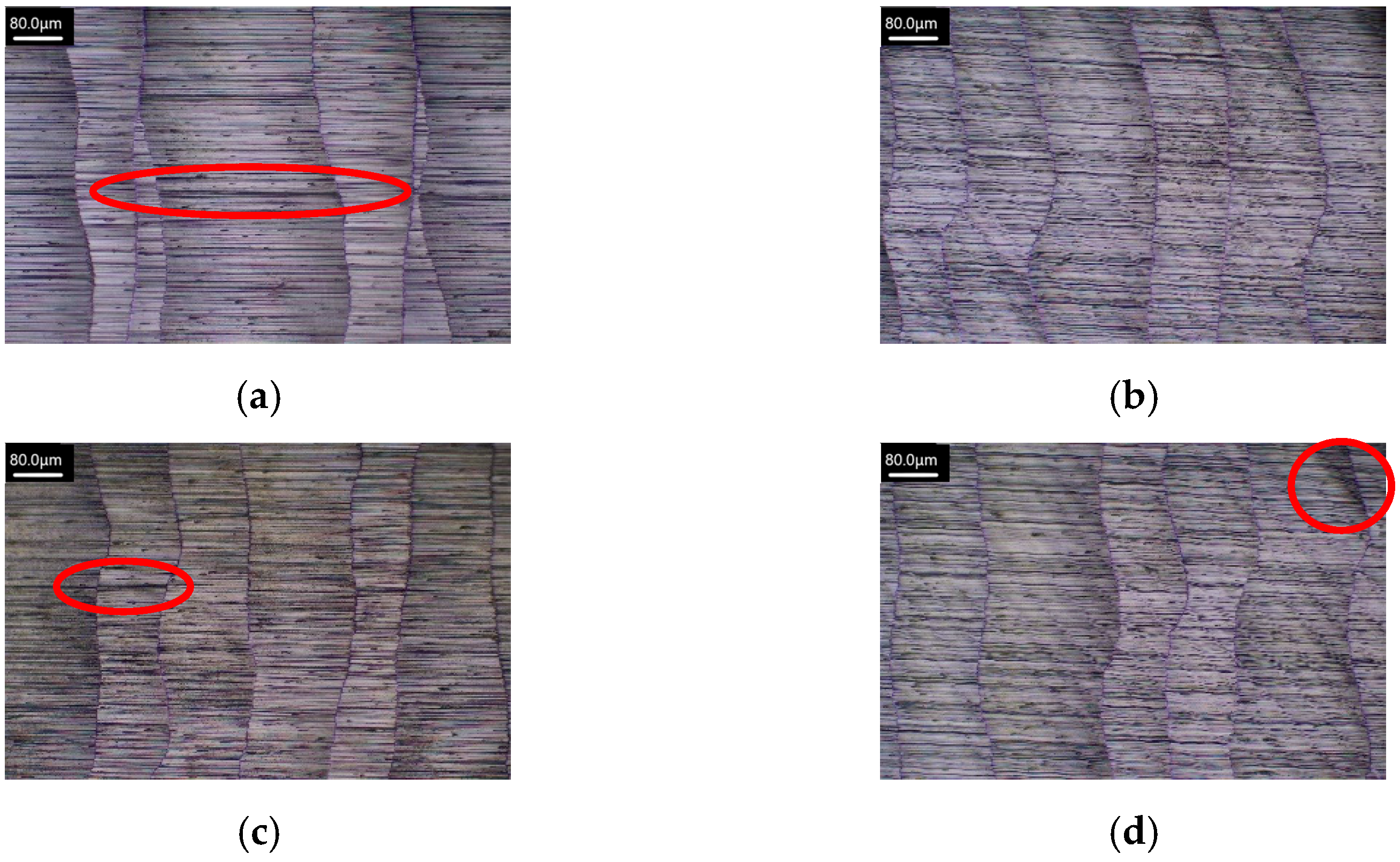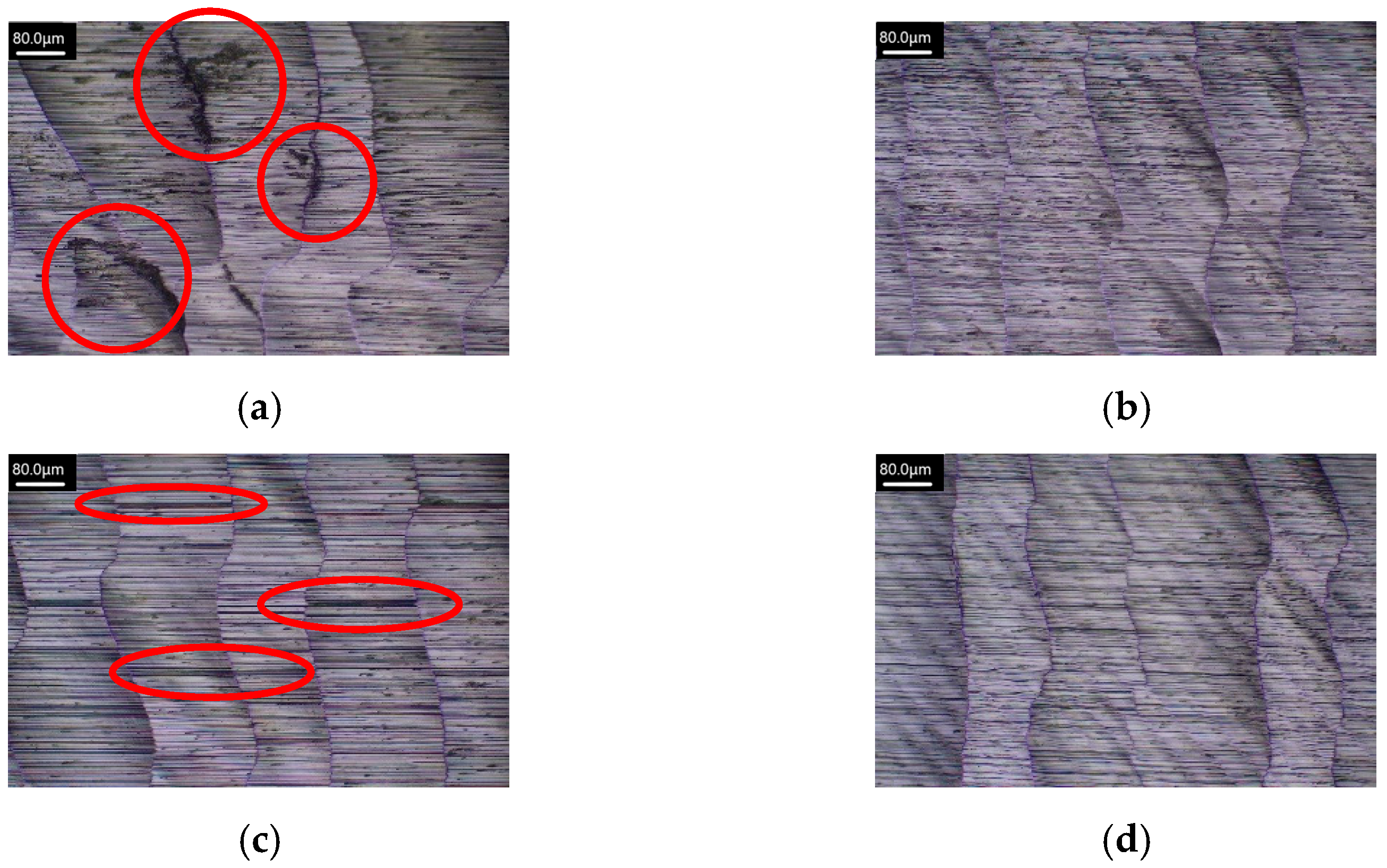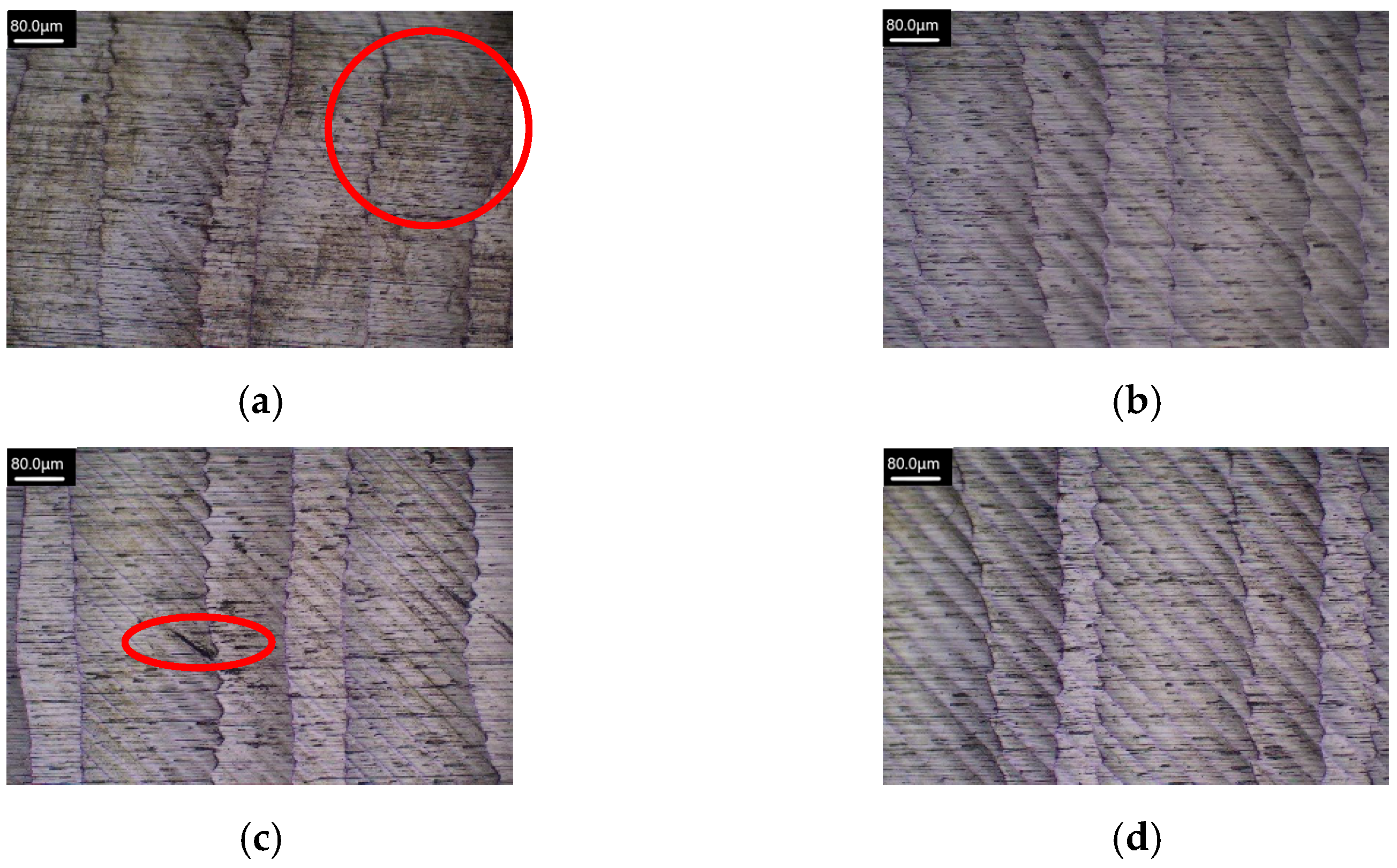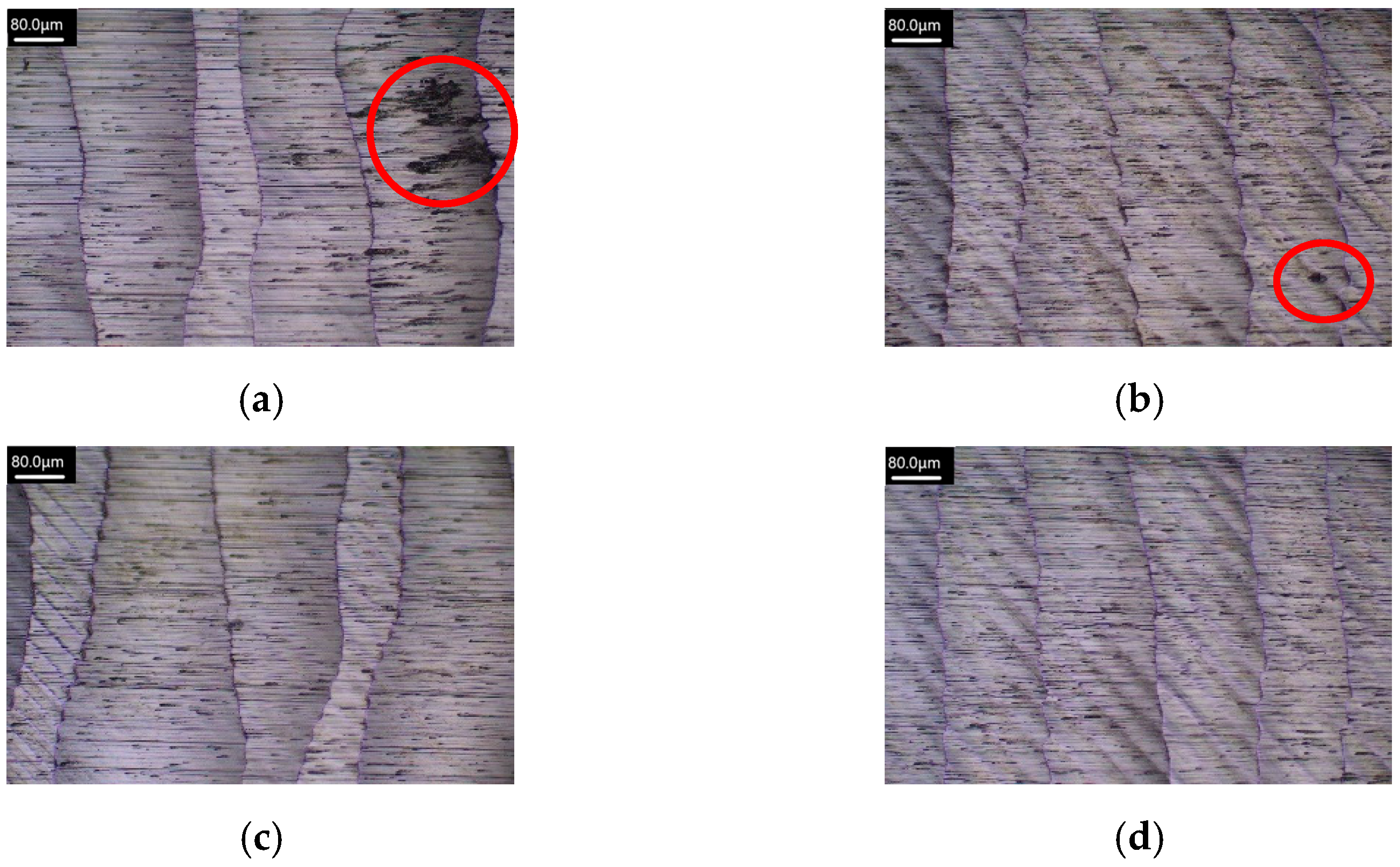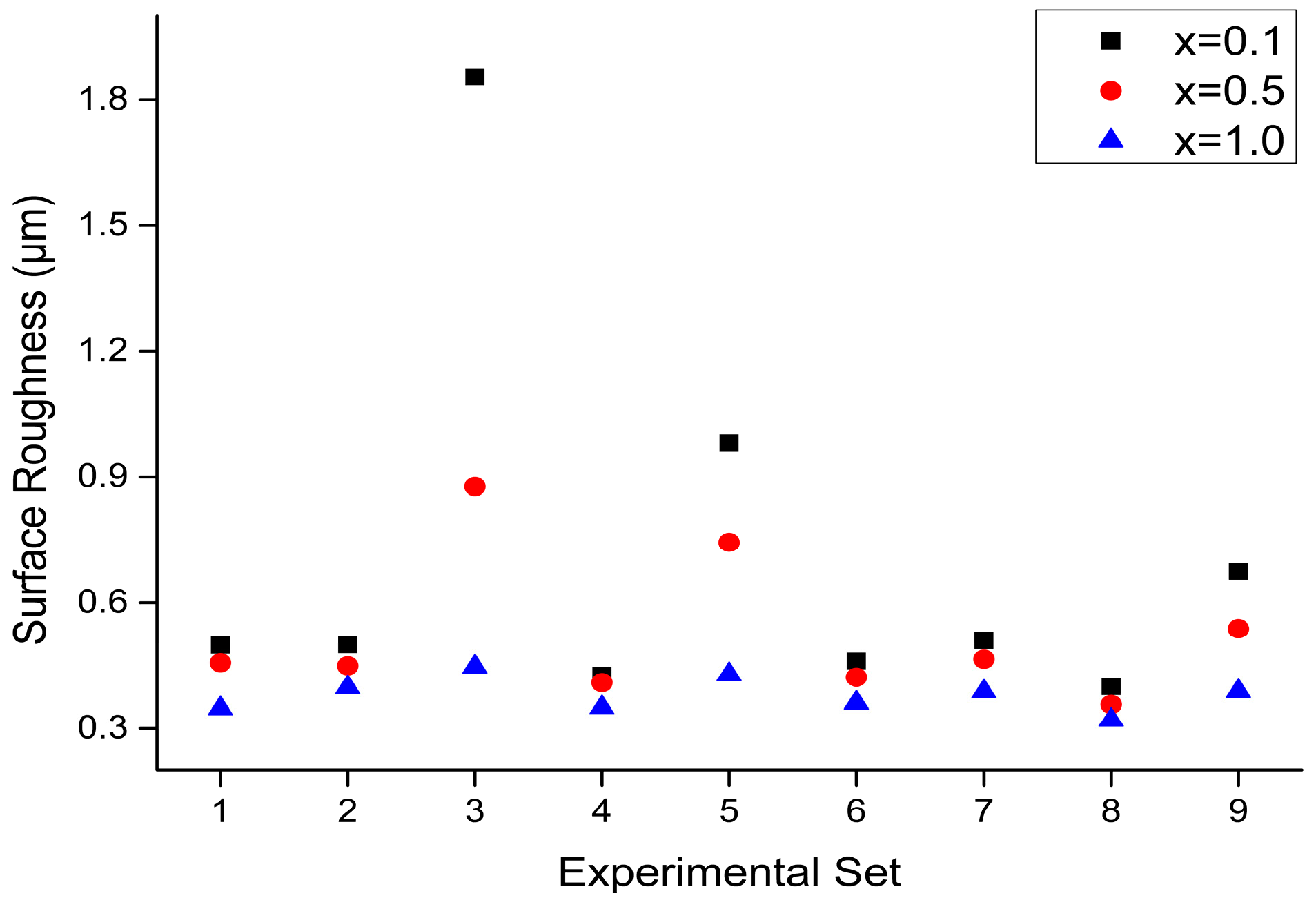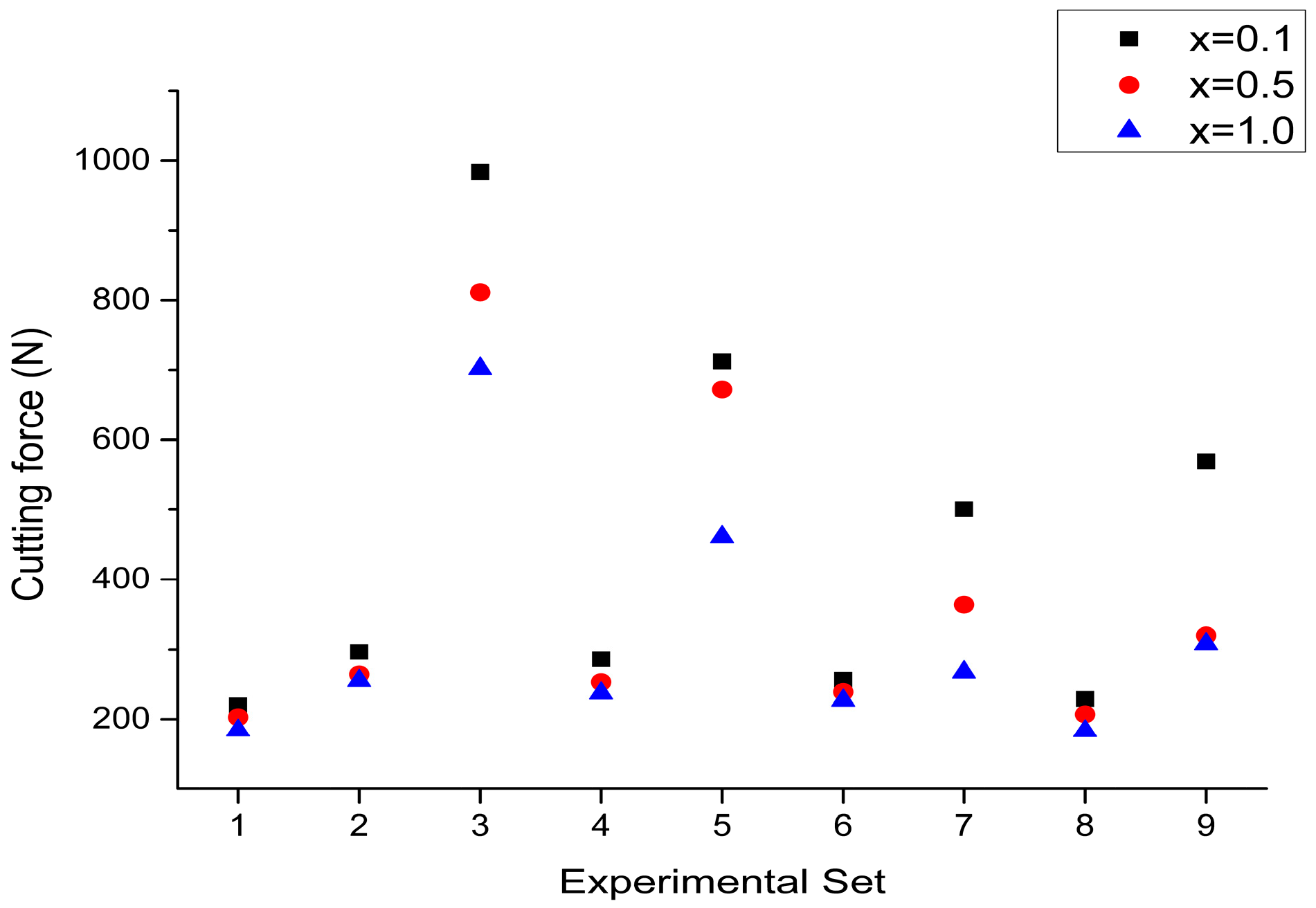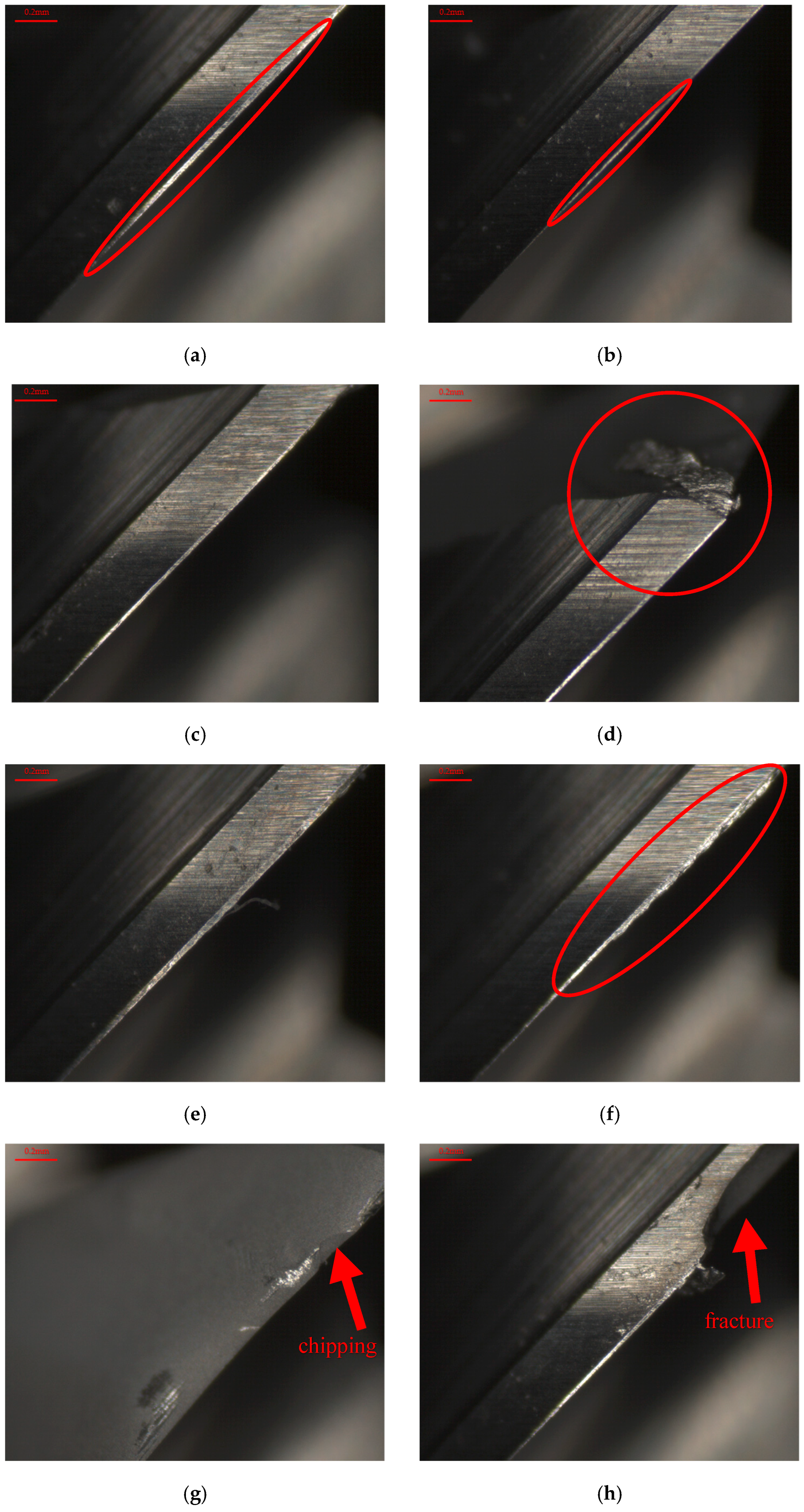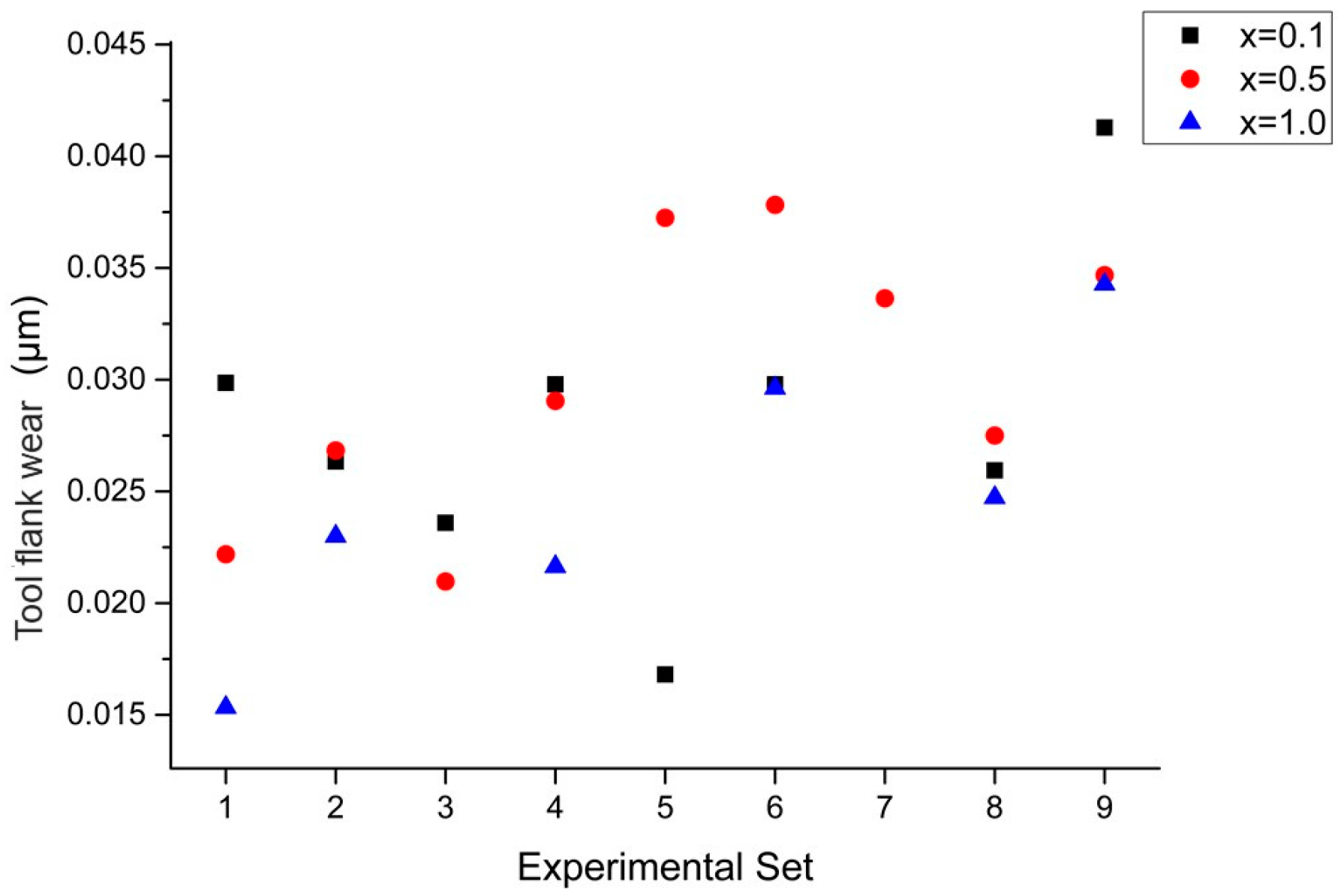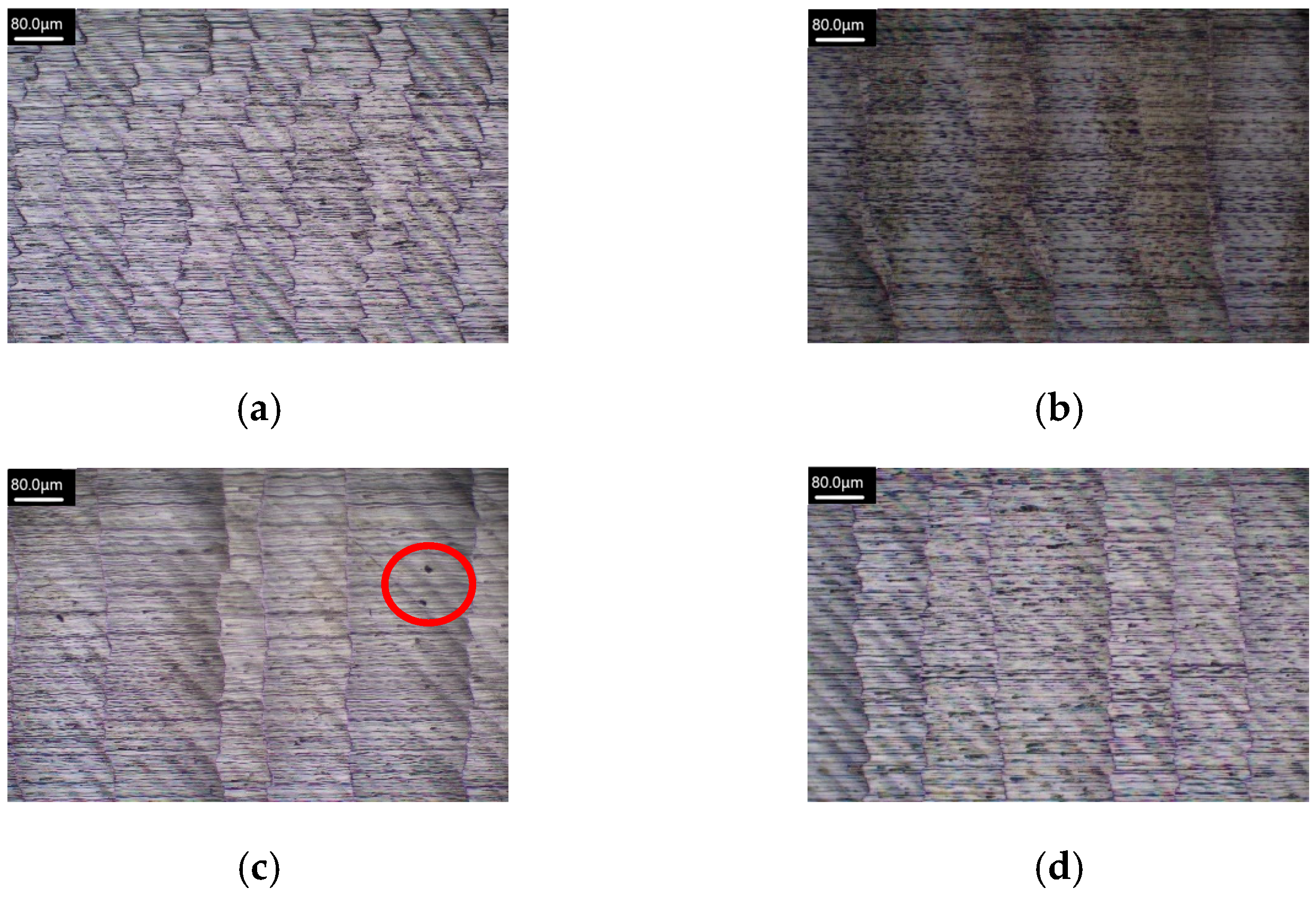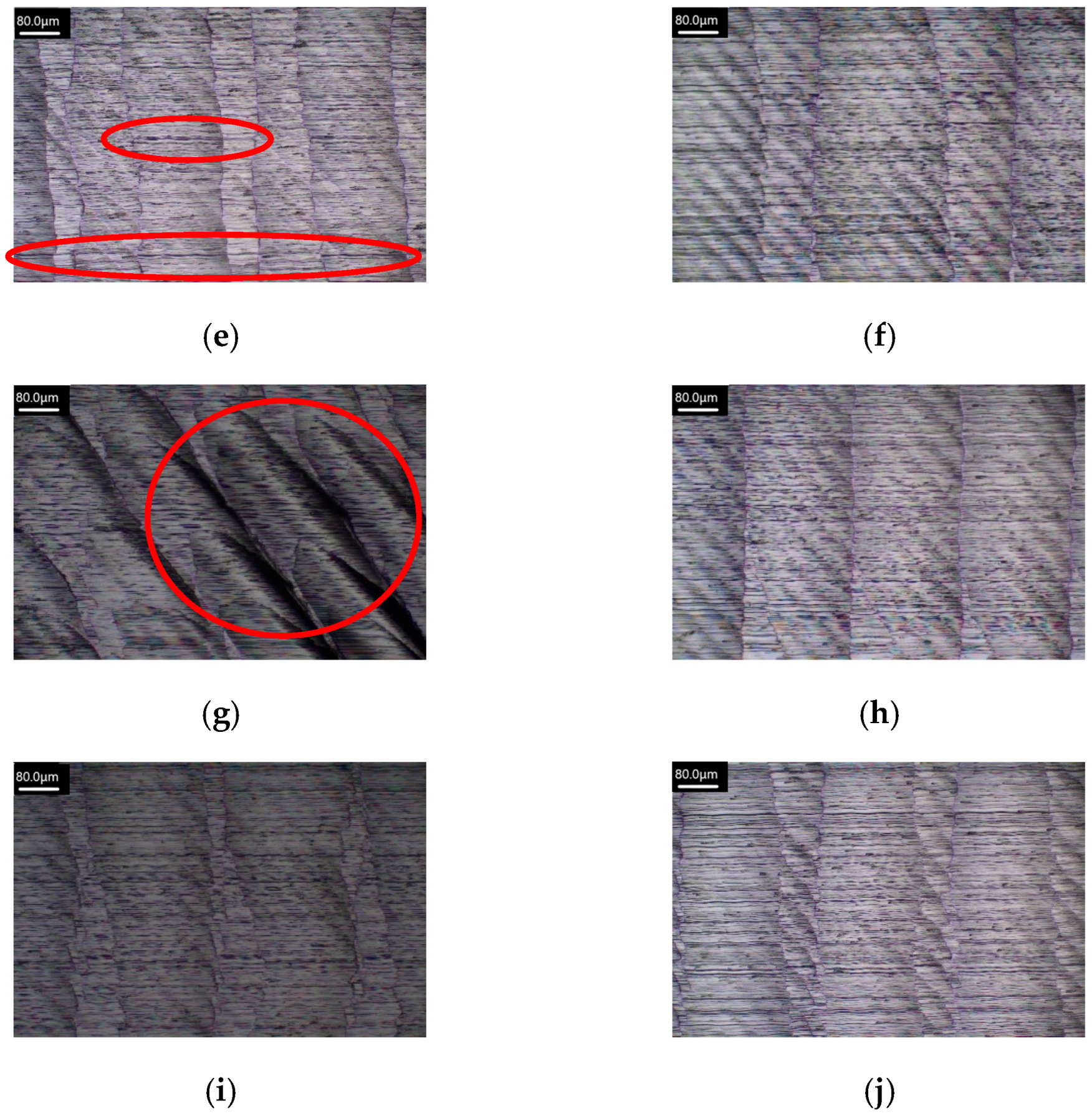As modern industrial demands continue to grow, the performance of traditional alloys is approaching its limits and is unable to meet the need for higher material properties. The concept of HEAs has emerged as a novel material that is gaining significant attention in research. Unlike traditional alloys, HEAs possess a uniform structural composition, which leads to an enhanced microstructure and superior properties. The different elemental compositions of HEAs result in various characteristics, enabling a broader range of industrial applications. For example, high radiation resistance and corrosion-resistant coatings of HEAs can be applied in nuclear fuel and high-pressure vessels. Their high-temperature stability, hardness, and wear resistance make HEAs ideal for use in the power generation and aerospace industries, and other high-temperature environments such as nuclear reactors, liquid rocket engine nozzles, heat exchanger tubes, aerospace propulsion systems, gas turbines, X-ray generating rotating anodes, turbine blades, and even armor applications. Compared to the traditionally used titanium alloys, HEAs demonstrate superior performance. To adapt HEAs for various industrial fields, different combinations of elements have been developed, each with distinct mechanical properties. For instance, the CoCrFeNiMn HEA is particularly suitable for low-temperature applications, such as liquefied gas storage, as it maintains excellent mechanical properties at temperatures as low as −196 °C. With a 75% increase in strength and a 35% increase in elongation, this alloy becomes stronger and tougher, making it suitable for applications like cryogenic storage tanks and natural gas storage.
FeCoNiCrMn is a type of HEA characterized by high strength, hardness, and excellent corrosion resistance. It is composed of multiple elements in equal molar ratios, where chromium and nickel contribute to its superior corrosion resistance, cobalt and iron provide mechanical strength, and manganese gives ductility and toughness enhancements. These elements form a complex multi-phase microstructure, allowing the material to maintain stable performance even in high-temperature and harsh environments. Due to the interactions between the elements and the effects of varying elemental ratios, the alloy’s high hardness and strength increase the cutting forces during machining processes, leading to accelerated cutting tool wear. Additionally, the presence of multiple phases can cause interface disruption during the cutting process, resulting in machining defects such as surface quality and dimensional accuracy reductions. The interaction and matching properties of different elements in HEAs with cutting tools are not the same during the cutting process. Under the actions of cutting loading, the alloy may experience defects such as internal cracking, surface spalling, and material deformation.
Richter et al. [
1] investigated the machinability of CoCrFeMnNi HEA and CoCrNi medium-entropy alloy (MEA). Ultrasonic-assisted milling (USAM) was performed in dry conditions using a physical vapor deposition (PVD) AlSiTiN-coated tungsten carbide end mill using different milling process parameters for these alloy materials. The effects of varying cutting speed, spindle speed, and feed rate on cutting force, tool wear, and surface roughness were examined. It was found that when machining CoCrFeMnNi HEA, the cutting force could be reduced to 35 N by decreasing the feed rate and increasing the cutting speed. The cutting force was further reduced by 2 N through ultrasonic-assisted milling, and surface integrity was improved, leading to a reduction in tensile residual stresses and defect density near the machined surface. Additionally, the size of the subsurface deformation-affected zone was reduced by USAM. Furthermore, the lowest surface roughness was achieved at a cutting speed of 50–70 m/min. When machining CoCrNi MEA, severe tool wear was observed during the experiment, resulting in a significant increase in cutting force. Moreover, severe surface defects were found on the CoCrNi MEA, including breakouts at the surface and the initiation of high tensile residual stresses. Richter et al. [
2] investigated the machinability and surface integrity of CoCrFeNi MEA using USAM. A full-factorial experiment was designed to perform milling experiments at different cutting speeds and feed rates. A PVD AlSiTiN-coated tungsten carbide end mill was utilized in USAM experiments, and measurements of cutting force, surface morphology, surface roughness, and residual stresses were also carried out. It was found that under the conditions of low feed rate, high cutting speed, and the use of USAM, the cutting force was reduced. Tear/groove defects were observed on the workpiece surface in both conventional milling and USAM. Therefore, no significant effect of USAM or cutting speed on surface roughness was observed. A noticeable reduction in surface roughness was only found when the feed rate was decreased. Regarding residual stresses, higher tensile residual stresses were generated on the surface during conventional milling as the feed rate and cutting speed were increased. Compared to conventional milling, USAM exhibited lower tensile residual stresses at higher feed rates and cutting speeds. Richter et al. [
3] investigated the surface integrity of CoCrFeMnNi HEA under conventional milling and USAM conditions. A full-factorial experiment was designed to perform milling experiments at different cutting speeds and feed rates. USAM was conducted using a PVD TiAlSiN-coated tungsten carbide end mill, and measurements of cutting force, surface integrity, surface roughness, and residual stresses were carried out. It was found that as the feed rate decreased, the cutting force was reduced by 38%. When the cutting speed was increased from 40 to 110 m/min, a 28% reduction in cutting force was observed. Through USAM, the average cutting force was further reduced by 5%. Regarding surface integrity, a significant improvement in the surface integrity of CoCrFeMnNi HEA was observed with USAM compared to conventional milling. This was confirmed by a reduction in microdefects on the machined surface and a decrease in tensile residual stresses at or below the surface. Liang et al. [
4] conducted micro-milling experiments on FeCoNiCrAl
x HEAs using an ultra-precision milling machine to investigate the effects of different aluminum contents (x = 0.1, 0.5, 1) on tool wear, surface quality, and cutting force. First, the machining parameters and tool parameters were kept constant, and then experiments were carried out with varying aluminum content. Finally, the machining characteristics obtained with different aluminum contents were measured and observed. The results showed that the combined effects of adhesive wear, mechanical shock damage, abrasive wear, and oxidative wear were the main mechanisms of tool wear, while the influence of diffusive wear was relatively insignificant. As the aluminum content was increased, the cutting force became larger, leading to a higher cutting temperature and more severe tool wear. Specifically, when x = 1, tool wear was increased by approximately 53.2% compared to x = 0.1. Additionally, when the micro-milling distance reached 120 mm, surface roughness was decreased by about 20%. Liang et al. [
5] conducted an experimental study on the machining characteristics of FeCoNiCrAl
x HEA for micro-milling. First, FeCoNiCrAl
x HEA was prepared using vacuum arc melting, with the aluminum content (x = 0.1, 0.5, 1) modified to induce changes in hardness. Then, micro-milling experiments were performed by varying process parameters such as spindle speed, feed rate, and cutting depth. Finally, the microstructure was observed and measured using an electron microscope. The results showed that as the aluminum content was increased, the crystal structure transformed from FCC to FCC + BCC when x = 1. Compared to x = 0.1, the increase in hardness led to a 229.8% rise in cutting force, a 46.8% increase in surface roughness, and more severe tool wear. Based on the experimental results, an aluminum content of 0.1 was found to be more suitable for micro-milling. Zhang et al. [
6] used a finite element method based on the Johnson–Cook constitutive model to conduct a numerical simulation of a single-factor experiment in which a PVD-coated cemented carbide tool was used to investigate the effect of process parameters on the cutting force, cutting temperature, and residual stress of FeCoCrNiAl
0.6 micro-cutting. The process parameters included cutting speed, cutting depth, and feed rate. The simulation results showed that as cutting depth and feed rate were increased, the three-dimensional cutting force gradually rose, exhibiting a positive correlation with both cutting depth and feed rate. Additionally, an increase in cutting speed caused small fluctuations in cutting force, which remained relatively stable. Simultaneously, during the cutting process, the maximum temperatures on the tool surface and chip surface gradually increased with increasing cutting depth, cutting speed, and feed rate, showing a positive correlation with cutting temperature. At different cutting depths, the residual stress on the workpiece surface showed a changing trend of first decreasing and then increasing. Additionally, as feed rate was increased, the absolute value of the maximum residual stress on the workpiece surface also increased. Zhang et al. [
7] investigated the effects of different Al contents, CoCrFeNi (Al
0), CoCrFeNiAl
0.6 (Al
0.6), and CoCrFeNiAl (Al
1), on the micro-milling mechanism of CoCrFeNiAl
x HEAs. A 3D micro-milling model was established using ABAQUS finite element software, and a numerical simulation of a single-factor experiment was conducted using a 10X tungsten steel end milling cutter to explore the law of changes in the temperature field, milling force, residual stress, and surface roughness for different Al contents. The process parameters included milling speed, milling depth, and feed rate. The simulation results showed that Al
1 chips are mostly shaped like long strips, Al
0.6 chips are mostly granular, and Al
0 chips are mostly shaped like long flakes. At the same milling speed, the milling temperature of the workpieces with different Al contents followed the order: Al
1 > Al
0 > Al
0.6. As milling speed was increased, the milling force in the y and z directions remained almost the same for workpieces with different Al contents. The milling forces of Al
1 and Al
0 were changed very little in the x direction, while those for Al
0.6 tended to increase first and then decrease. With increasing milling speed and milling depth, the residual stress of the workpieces with different Al contents followed the order: Al
1 > Al
0.6 > Al
0. Among all workpieces, Al
0.6 exhibited the lowest surface roughness. Zhao et al. [
8] conducted a study on tool wear and machining quality of AlCoCrFeNi
2.1 EHEA and proposed a plastic flow characterization method marked by the B2 phase. Cutting temperature and cutting force were measured to explain variations in tool wear and machining quality. Finally, surface roughness and surface morphology changes were analyzed by varying cutting speed and feed rate. The results showed that as cutting speed and feed rate were increased, both cutting temperature and cutting force rose. With the material removal rate unchanged, an increase in cutting speed and feed rate led to a greater flank wear width. When the cutting speed was below 80 m/min, abrasive wear was dominant, whereas at 110 m/min, adhesive wear and coating delamination occurred. When the cutting speed reached 140 m/min or the feed rate reached 0.14 mm/tooth, vibrations were generated during the machining process which potentially caused a sharp deterioration in surface morphology. Li et al. [
9] conducted micro-milling experiments on FeCoNiCrMn HEA and established a minimum cutting thickness prediction model based on the effective front angle of the tool. Milling parameters were substituted into the prediction model to calculate the minimum cutting thickness of FeCoNiCrMn HEA, and the accuracy of the prediction model was verified through the analysis of micro-milling force and specific cutting energy. The results showed that when the cutting edge radius of the milling tool was 5 μm, the predicted minimum cutting thickness of the HEA was calculated to be 1.367 μm. The variation trends of micro-milling force and specific cutting energy determined that the minimum cutting thickness range was between 1 μm and 1.5 μm, thereby confirming the accuracy of the minimum cutting thickness prediction model. Haidong et al. [
10] investigated the cutting performance and chip morphology of WNbMoTaZr
0.5 refractory HEA (RHEA). Turning experiments were conducted using PVD-Al
2O
3 + TiCN-coated tungsten carbide tools on three different alloys: WNbMoTaZr
0.5 RHEA, Cr12MoV die steel, and GCr15 bearing steel. The study analyzed the effects of cutting speed, depth of cut, feed rate, and tool nose radius on cutting force, surface quality, and chip morphology under dry conditions. The results showed that WNbMoTaZr
0.5 RHEA demonstrated excellent thermal stability and high hardness compared to the other two alloys. The cutting force and surface roughness were increased with cutting speed, but the rate of change was decreased. Additionally, under the same cutting conditions, WNbMoTaZr
0.5 exhibited higher cutting forces than Cr12MoV and GCr15, but with lower and more stable surface roughness, suggesting that increasing the depth of cut could improve machining efficiency. Furthermore, when the depth of cut was increased, the machined surface exhibited scale-like patterns and groove marks, which became more pronounced at higher cutting speeds. At a high cutting speed of 70 m/min, the light emission phenomenon was observed. The study also found that chip thickness and width were influenced by depth of cut, feed rate, and tool nose radius, with burn marks appearing on the chip’s back surface. Moreover, the primary tool wear mechanism for machining WNbMoTaZr
0.5 RHEA was adhesive wear, which was decreased as the tool nose radius was increased. Adhesive wear decreased progressively. Wang et al. [
11] conducted milling experiments on AlCoCrFeNi HEA using a CNC milling machine. A four-factor and four-level orthogonal experiment was performed, and the trends and primary and secondary order of the influence of milling parameters on milling force were analyzed using extreme difference analysis and intuitive analysis, respectively. The process parameters included spindle speed, milling depth, milling width, and feed rate. The results showed that as spindle speed was increased, milling force gradually increased. With an increase in feed rate, milling force first increased, then decreased, and then increased again. As milling depth was increased, milling force increased and then decreased. When milling width was increased, milling force first decreased and then increased. Through extreme difference analysis, the trends and the degree of influence of milling parameters on the milling forces in three directions can be obtained. The factors that have the greatest influence on the milling force are the spindle speed, followed by milling depth and feed rate, and finally the milling width. Kaushik et al. [
12] investigated the face milling performance of HEAs with different elemental compositions and varying process parameters. Milling experiments were conducted using PVD-AlSiTiN-coated tungsten carbide tools of different diameters, analyzing the effects of tool diameter, cutting speed, feed rate, and depth of cut on several response parameters, including cutting force, cutting torque, material removal rate, tool wear, and surface morphology. The results indicated that by increasing tool diameter and cutting speed, the surface roughness may be effectively reduced, while different HEA compositions had varying effects on machining responses. An increase in tool diameter led to a rise in chip thickness, significantly affecting the feed force and radial force. Among the tested HEA samples, Cr
20Mn
10Fe
20Co
30Ni
20 exhibited the best performance in terms of average surface roughness. Further experiments revealed that the interactions between cutting speed, axial depth, and feed rate played a crucial role in machining. The second-level cutting speed and depth of cut, combined with the third-level feed rate, were identified as the optimal conditions. Microstructural changes contributed to the formation of surface defects, which could be mitigated by employing low feed rates and high cutting speeds. Ultimately, the surface roughness of the HEA samples improved after machining, with CrMnFeCoNi showing a 1.547% increase in microhardness. Kao et al. [
13] investigated the mechanical properties, tribological properties, and corrosion resistance of AlCrNbSiTi HEA nitride coatings with different nitrogen flow rates. They further applied these coatings in the milling of the nickel-based alloy Inconel 718. Using reactive RF magnetron sputtering, HEA nitride coatings were deposited on tungsten carbide tools within a nitrogen flow range of 0–20 cm
3/min. Various measurement instruments were used to analyze the coatings’ chemical composition, chemical bonding characteristics, and crystalline structure. Additionally, the hardness, elastic modulus, adhesion strength, friction coefficient, and wear resistance of the coatings were evaluated. Corrosion resistance was assessed through potential polarization testing. Finally, face milling experiments on Inconel 718 were conducted using milling to analyze the effect of the coatings on tool life. The results indicated that all coatings exhibited an amorphous structure. As nitrogen flow was increased, coating hardness also increased, reaching its highest value at a nitrogen flow of 15 cm
3/min. Under these conditions, the coating demonstrated the best wear resistance, the lowest friction coefficient, and excellent corrosion resistance. Further milling experiments revealed that tool wear may be effectively reduced during the machining of Inconel 718 when the coating with a nitrogen flow of 15 cm
3/min. After a milling distance of 18 m, the tool wear depth was only 154.4 μm, showing significant improvement compared to uncoated tools and tools coated without nitrogen. Litwa et al. [
14] investigated the manufacturing quality of CrMnFeCoNi HEA produced using laser powder bed fusion and further applied it to milling experiments. They explored the effects of process parameters on cutting force, surface roughness, and tool wear. Using uncoated tungsten carbide tools, a milling experiment was performed on the HEA while varying process parameters such as feed rate, cutting speed, and depth of cut to analyze their influence on cutting force, surface roughness, and tool wear. A comparative analysis with 304 stainless steel was also conducted. The results showed that the HEA exhibited good homogeneity and machinability. Compared to 304 stainless steel, the HEA required lower cutting forces, experienced less tool wear, and achieved better surface roughness. Additionally, the cutting force of the HEA was increased with increasing depth of cut and feed rate, while the most stable performance was observed at the lowest cutting speed. Tool wear did not show significant variation, and surface roughness was reduced by 61.3% compared to 304 stainless steel. Under the same cutting conditions, the HEA demonstrated reduced tool wear and excellent homogeneity, with tool wear remaining below 50 μm. Liborius et al. [
15] conducted an end-face turning experiment on CoCrFeNi HEA to investigate the effects of different cutting speeds and tool materials on tool wear, surface roughness, and cutting force. The specimens were premachined by boring and internal turning to ensure constant cutting speeds in face cutting process. The HEA was then subjected to end-face turning using different tools (CBN, PCD diamond, CVD diamond, and tungsten carbide) and cutting speeds. Finally, a laser microscope was used to observe and measure tool wear and surface roughness. The results indicated that a cutting speed of 300 m/min yielded the best results in terms of surface roughness and tool wear, with surface roughness consistently maintained within the range of 0.2~0.3 μm. Further detailed experimental tests could be conducted around the cutting speed of 300 m/min. Additionally, regardless of the cutting speed, CBN tools with higher boron nitride concentrations achieved better surface roughness and tool wear. Doan et al. [
16] investigated the mechanical response of AlCrCuFeNi HEA during nanoscale cutting using diamond tools under the influence of different vibration frequencies, amplitude ratios, and phase angles. Molecular dynamics simulations were employed to compare conventional cutting with ultrasonic elliptical vibration-assisted cutting (UEVAC). A detailed analysis was conducted on the effects of varying vibration frequencies, amplitude ratios, and phase angles, with a focus on cutting forces and temperature changes. The results revealed that under UEVAC conditions, the temperature of the HEA was significantly higher than that in conventional cutting, and it was increased with higher vibration frequencies and lower amplitude ratios. Additionally, structural evolution analysis indicated that UEVAC generated more amorphous structures. In terms of dislocation and strain evolution, grain boundaries were found to play a critical role in deformation behavior. Although the maximum cutting force in UEVAC was greater, the average cutting force in conventional cutting was higher overall. Furthermore, under UEVAC conditions, the average cutting force decreased with increasing vibration frequency and amplitude ratio. Finally, when the vibration frequency reached 150 GHz, the amplitude ratio was 4, and the phase angle was 75°, a higher material removal rate and more intense plastic deformation were achieved, suggesting potential advantages for improving machining efficiency under these conditions. Clauß et al. [
17] investigated the influence of process parameters on the surface properties of thermally sprayed AlCoCrFeNiTi coatings during turning. Experiments were conducted using CBN tools to perform external cylindrical turning on an aluminum alloy substrate coated with AlCoCrFeNiTi HEA. The effects of cutting speed and feed rate on surface properties were analyzed, while the cutting depth remained constant throughout the experiments. The results showed that increasing the cutting speed and reducing the feed rate led to a decrease in surface roughness parameters (Rz, Rvk) and valley void volume (Vvv), primarily due to a reduction in the proportion of pulled-out coating material. Additionally, compressive stresses were detected in the axial direction, with their absolute values decreasing as the cutting speed was increased. Constantin et al. [
18] studied the effects of temperature and tool wear on HEA materials during the milling process, as well as the changes in hardness in the machining area. The cutting force, scrap aspect, and machined surface quality of HEA and 304 stainless steel using the same process parameters were compared. Further analysis was then conducted to assess the machinability of HEA. The experiments were conducted using a shank cutter and two PVTi-coated tungsten carbide inserts. The results showed that using PVTi-coated tungsten carbide end mills allows for effective machining of HEA without the need for coolant, while keeping tool wear within a steady-state wear region. In contrast, conventional cutting tool materials cannot be effectively applied to HEA, as excessive heat is generated during the machining process, severely limiting tool life. In terms of machinability, HEA performs approximately 59% better than stainless steel. Chemical analysis of the chip surface revealed that both HEA and 304 stainless steel exhibit a strong tendency to oxidize, and the analysis indicated that the material’s microstructure changes during the machining process. Microhardness measurements show that material inhomogeneity or the self-hardening effect caused by cutting forces is one of the reasons for chip fragmentation. Huang et al. [
19] investigated the effects of spindle speed, feed rate, and cutting depth on surface roughness and morphology during ultra-precision cutting of Al
80Li
5Mg
5Zn
5Cu
5 HEA using diamond tools and PCBN tools. Ultra-precision cutting experiments were conducted using Al
80Li
5Mg
5Zn
5Cu
5 HEA rods, and the machined surface quality was collected using a white light interferometer. A microscope was used to observe the three-dimensional topography and the microstructural morphology of the HEA machined surface. Under scanning electron microscopy, two different crystalline phases were observed to form on the tool surface. The results show that when cutting with PCBN tools, greater compressive and frictional forces were generated between the tool and the HEA surface, promoting the refinement and diffusion of the eutectic phase, which the hardness of the finished surface was increased to 218 HV. In contrast, when using diamond tools, the hardness was decreased to 190 HV, primarily due to the influence of shear forces on the diamond tool. Shear force was also one of the reasons for the lower surface roughness observed. As the ultra-precision process parameters were increased, the surface roughness of Al
80Li
5Mg
5Zn
5Cu
5 HEA was increased. The feed rate has the greatest influence on surface roughness, followed by cutting depth, while spindle speed has a smaller effect. Furthermore, when using diamond tools, the surface roughness (Ra) shows little variation, whereas when using PCBN tools, the Ra was increased significantly. Guo et al. [
20] investigated the machinability of selective laser melting CoCrFeMnNi HEA through various processing methods, including milling, grinding, wire electrical discharge machining (wire EDM), and electropolishing (EP). Surface morphology, roughness, microhardness, residual stress, and subsurface quality were measured. Additionally, the effects of different machining processes on surface and subsurface quality were analyzed. The results show that milling and grinding may smooth the surface and enhance microhardness but introduce tool marks and compressed residual stresses due to microstructural deformation. Mechanical polishing, using low-pressure loose abrasives, creates an ultra-smooth surface without subsurface damage. Furthermore, wire EDM as a thermal processing method can flatten the surface but generates a heat melt layer, increasing tensile residual stress and surface microhardness. EP may smooth the surface, releases residual stresses, and removes subsurface damage, but it cannot achieve micron-level surface roughness from a very rough initial condition. Combining mechanical and electrical processes can yield better surface quality. In terms of elemental composition, the elements of CoCrFeMnNi HEA remain stable after mechanical and electrical treatments, but copper introduced by wire EDM alters its composition. There is an interrelation between microhardness, residual stress, and subsurface defects. Microstructural deformation leads to subsurface defects, which in turn increase microhardness and residual stress.
The literature review indicates that numerous micro-milling experiments have been conducted using workpieces prepared in the laboratory. Many of these studies employed single-axis ultrasonic systems or elliptical ultrasonic systems in assisted milling experiments. The effects of different process parameter combinations, various elemental compositions of HEAs or MEAs, and varying Al elemental ratios on cutting performance such as cutting force, surface roughness, and cutting tool wear have thus been investigated. HEAs are suitable for industrial applications that traditional alloys cannot meet. However, the properties of these alloys will be varied with different elemental compositions and various process parameters, making the machining processes highly complex and the cutting performance difficult to predict. Therefore, selecting appropriate cutting tools, processing parameters, and assisted methods, as well as understanding the potential changes brought by elemental variations, is essential for achieving high-quality machining outcomes. In this study, single-axis, dual-axis, and triple-axis ultrasonic systems are employed in assisted milling experiments, and the HEA workpieces used are equivalent to commercial-grade materials. The effects of different ultrasonic-assisted milling techniques, varying Mn elemental ratios, and various process parameter combinations on cutting performance are analyzed. These innovative approaches address practical requirements in industrial applications.
